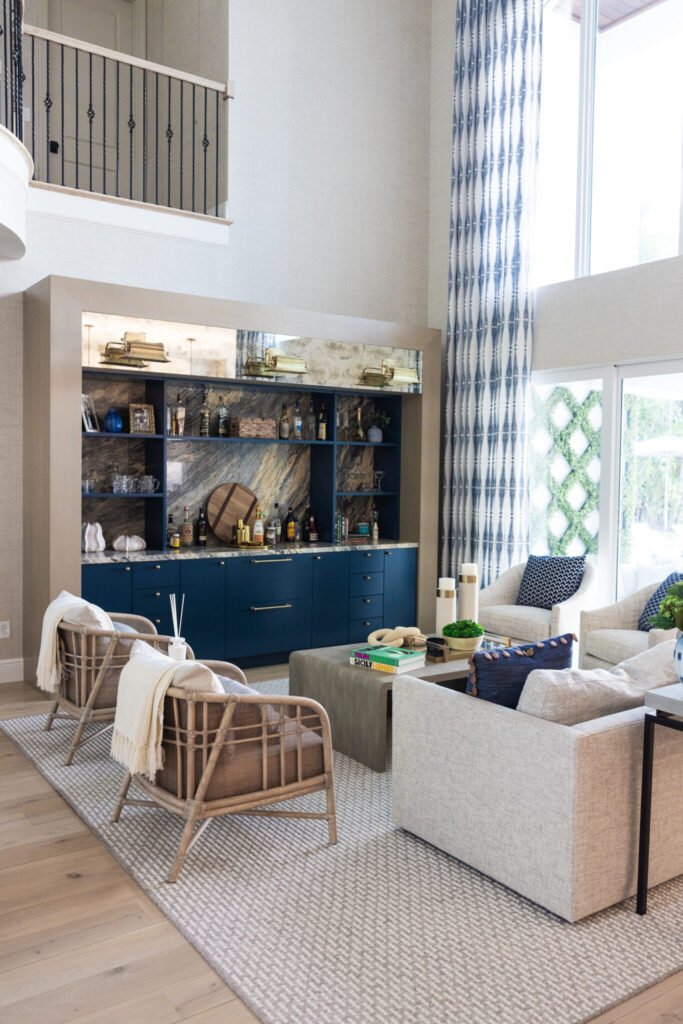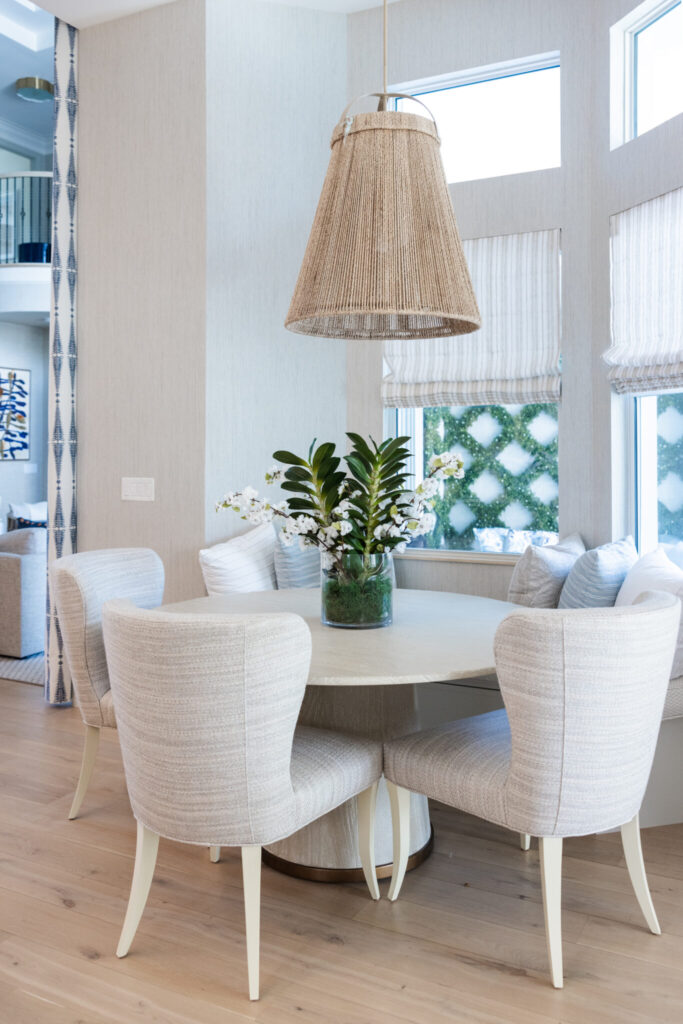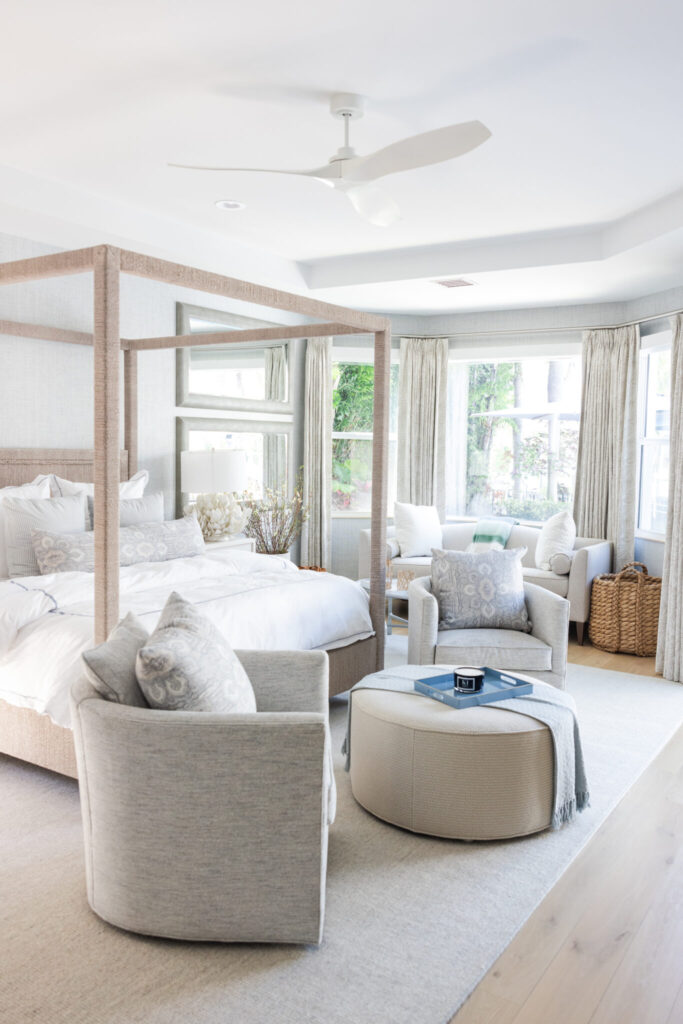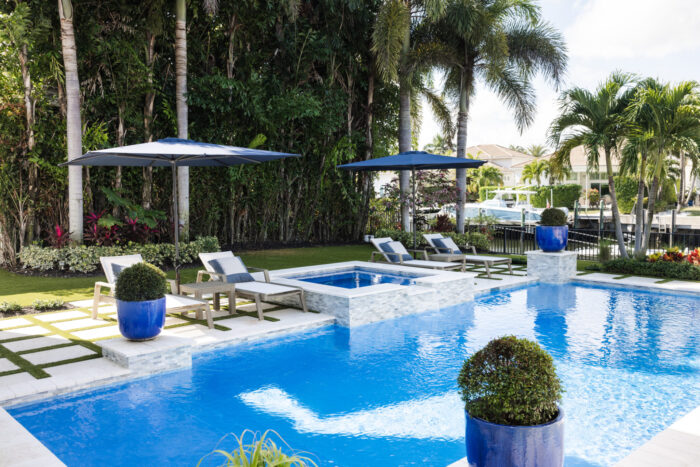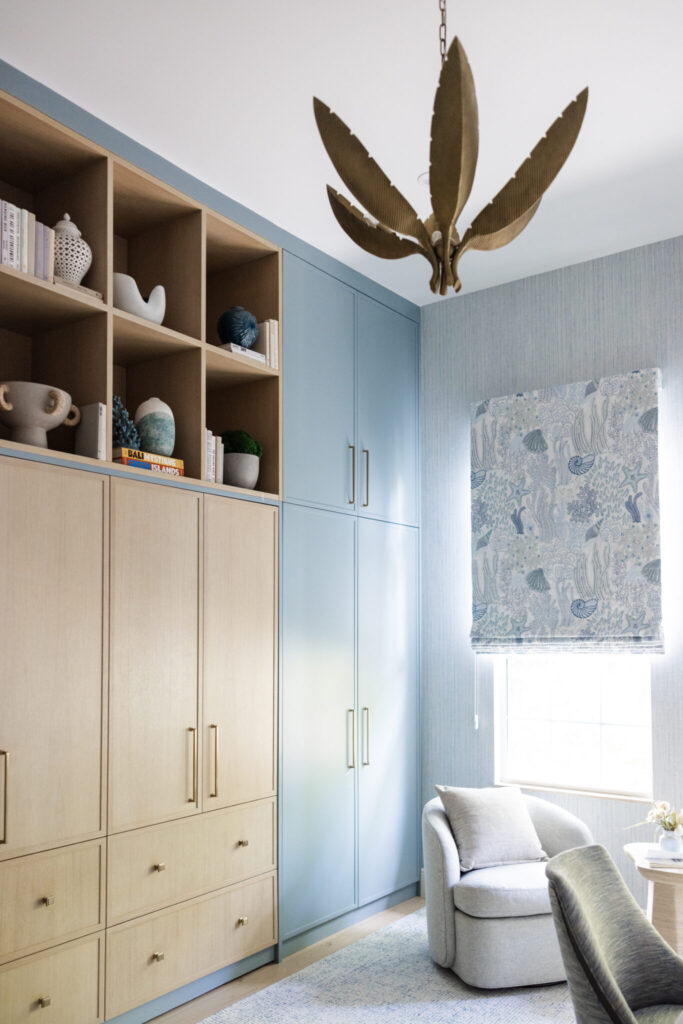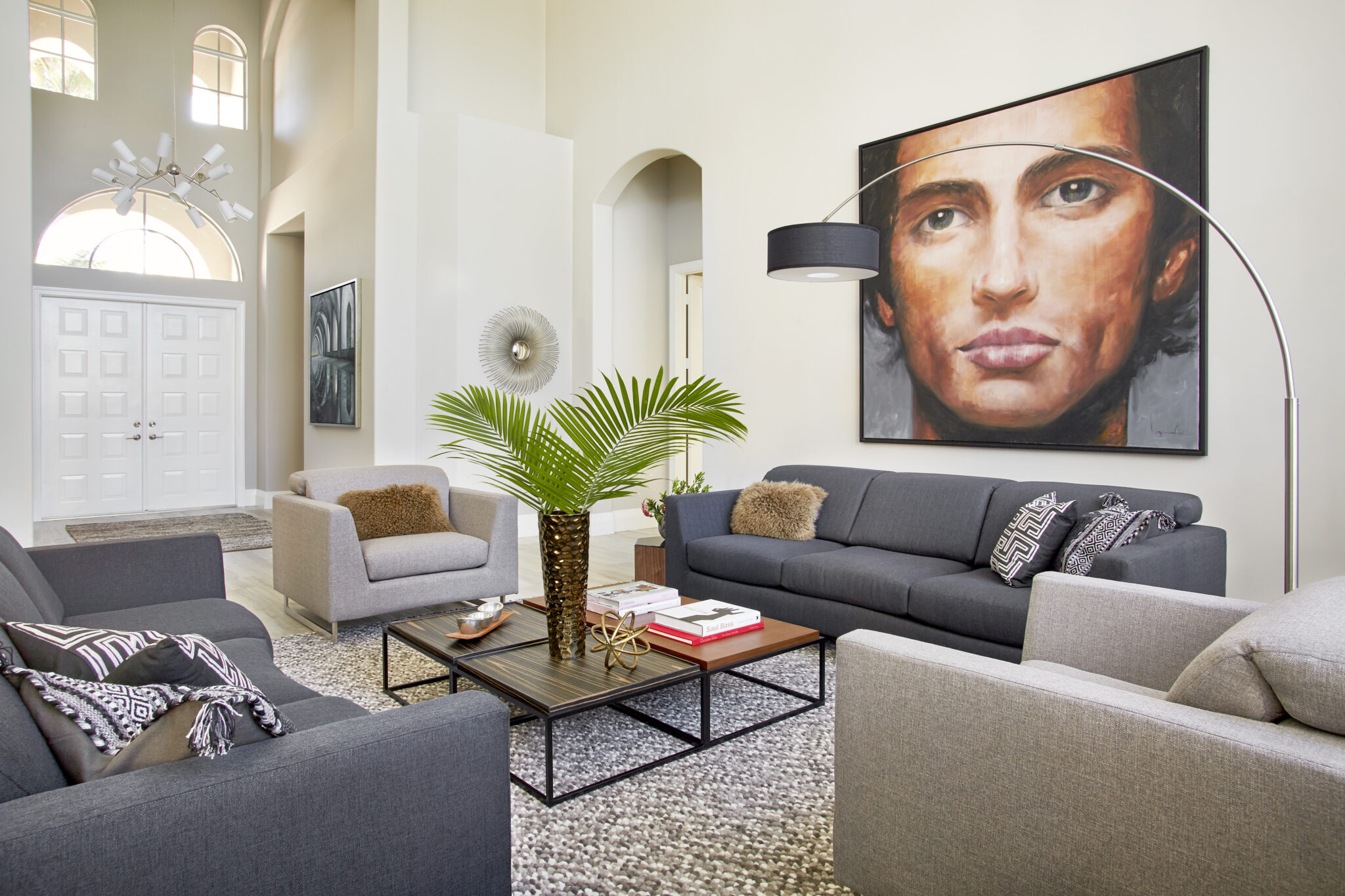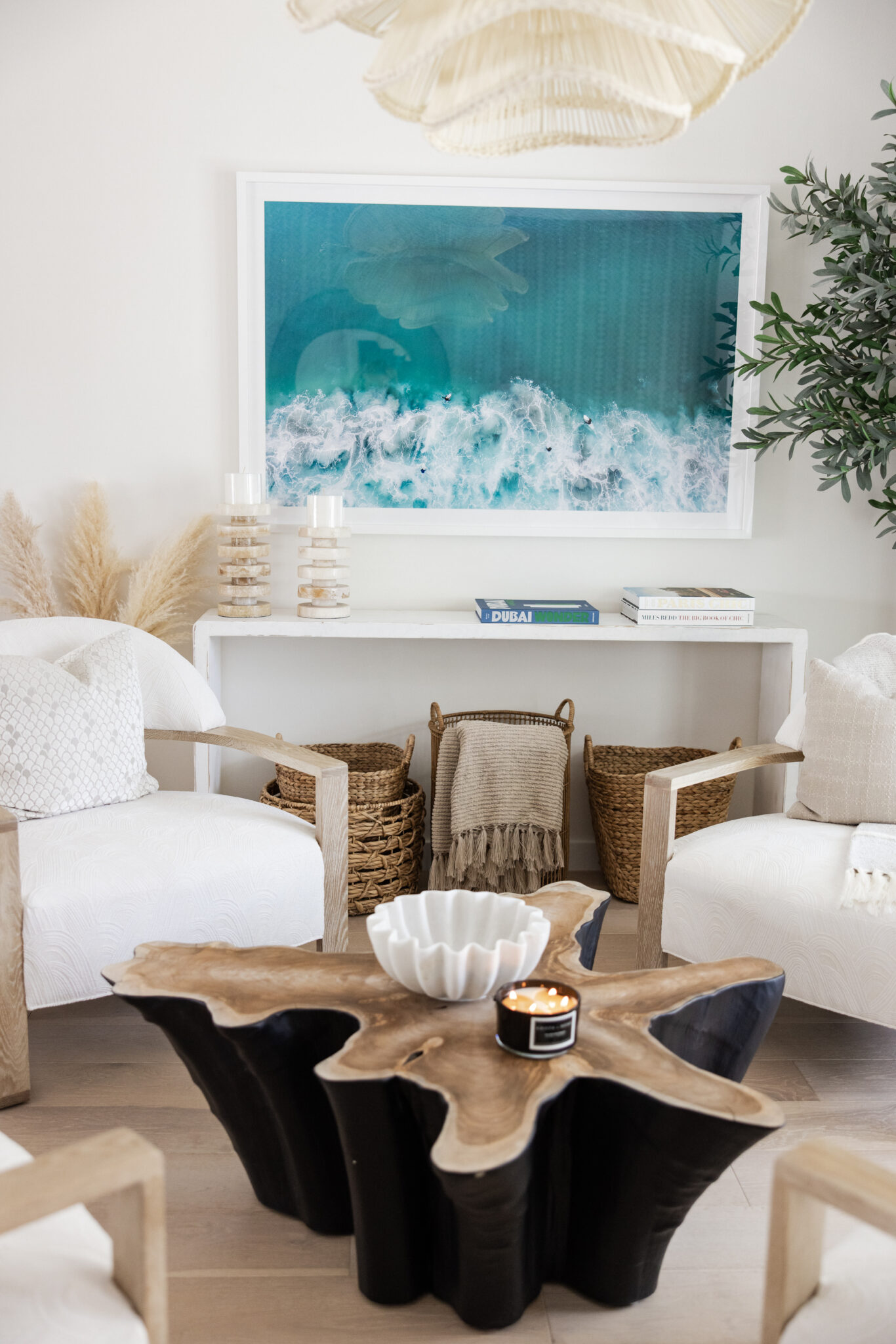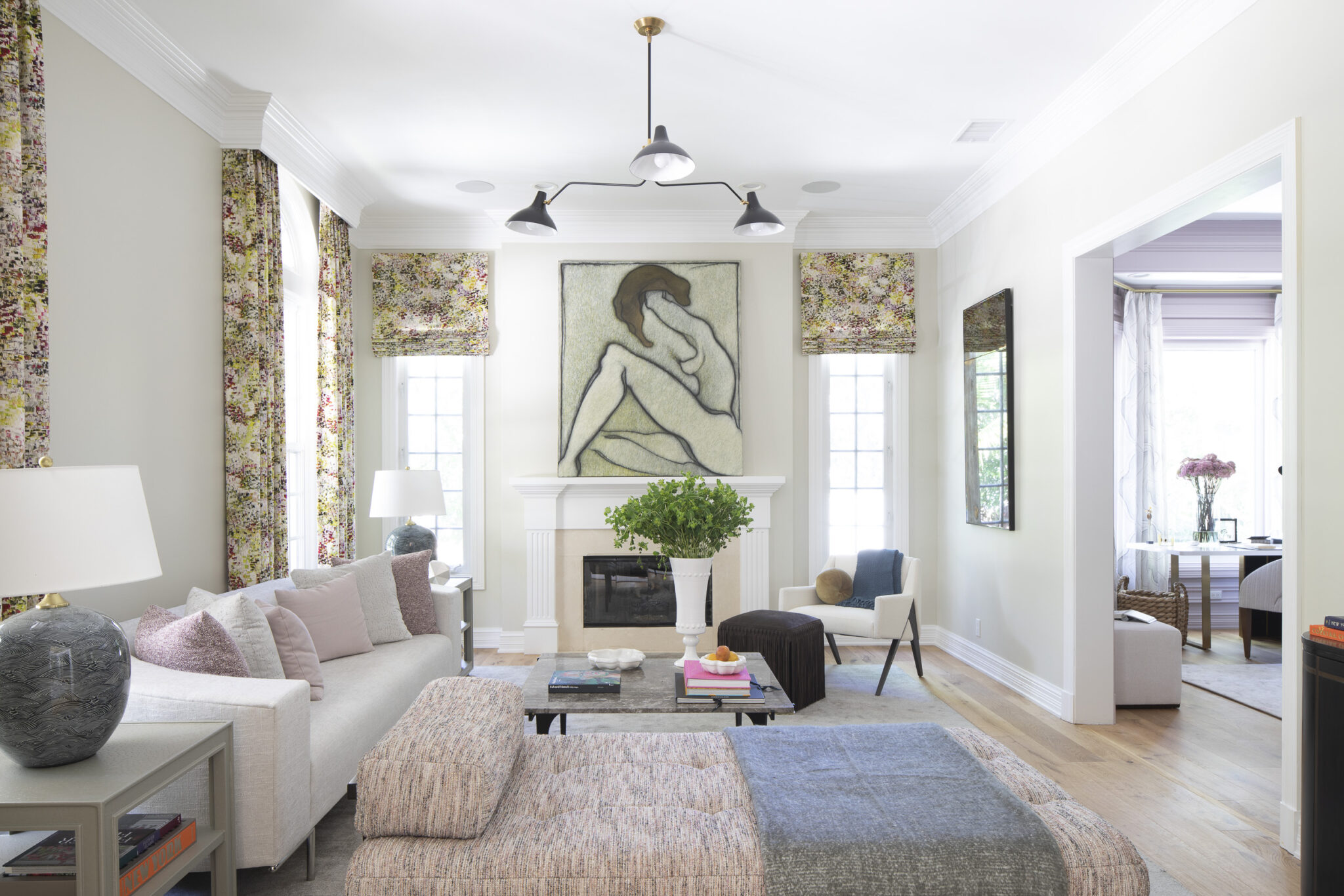Press Start… The Art of the Perfect Winter-Ready Home
In this $5.5M Intracoastal retreat, we designed a perfect season-ready escape: a bar and wine room for toasting the good life, a kitchen made for gathering, a murphy bed for surprise guests, and a poolside kitchen ready for epic winter entertaining. Every space was layered with rich textures and coastal touches that make you want to slow down and savor the moment. Voila.
There’s nothing quite like walking into a home that’s already ready for the season — a space that instantly feels like you’ve been there for years (in the best possible way). Instant “ahhhhh”.
That’s the kind of magic I love creating.
It’s Not About Perfection — It’s About Ease
A winter-ready home isn’t about everything being flawless or untouchable. It’s about making space for the good stuff: the conversations that stretch into the night, the laughter that echoes through the hallways, the moments that become the stories you tell next year.
It’s that Insta-worthy life — and home — where style meets comfort without missing a beat.
The Fast Lane to a Finished Home
Here’s the best part: you don’t need a renovation to get there. We style it, furnish it, and make it feel like yours from day one. Every piece is thoughtfully chosen, layered, and placed so all you have to do is… press start.
Because real luxury isn’t just about how a home looks — it’s about how effortless it feels.
#PalmBeachDesign #LuxuryLiving #SeasonReady #InteriorGoals #KHExperience #WowFactor
Because Beige Was Never the Assignment
Beige is safe…expected…quiet. But this $4M condo at the Ritz-Carlton Residences, perched directly on the Atlantic Ocean? It’s anything but.
Photo Credit: Eve Greendale
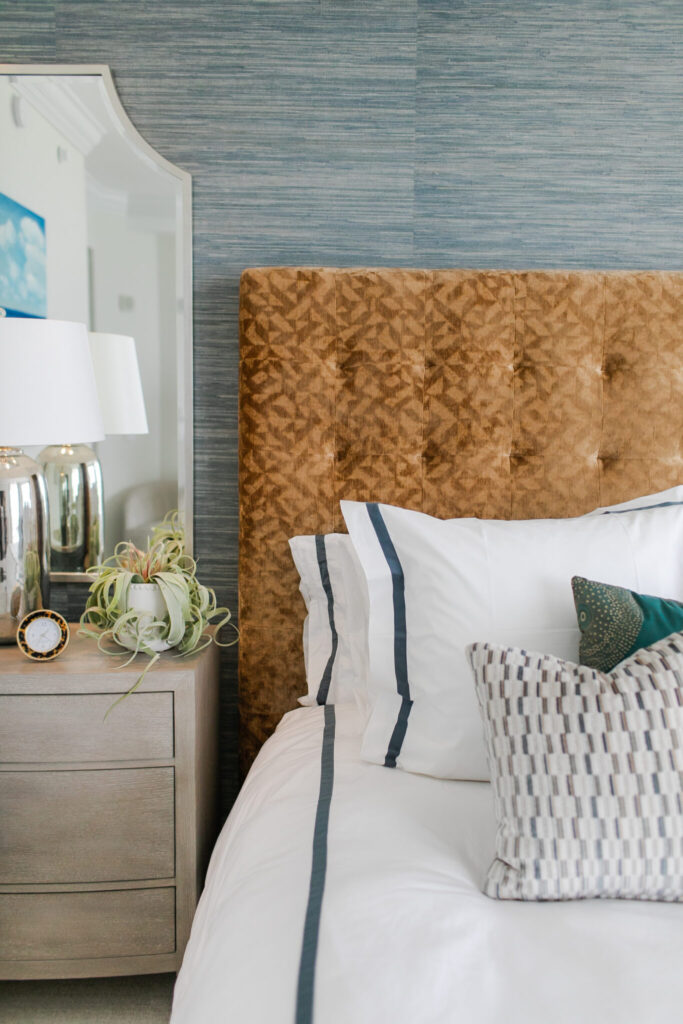
But at KH we tell stories in full color. Our interiors aren’t background noise. They are layered, lived-in statements of identity and luxury. They celebrate individuality. And they never, ever settle for the ordinary.
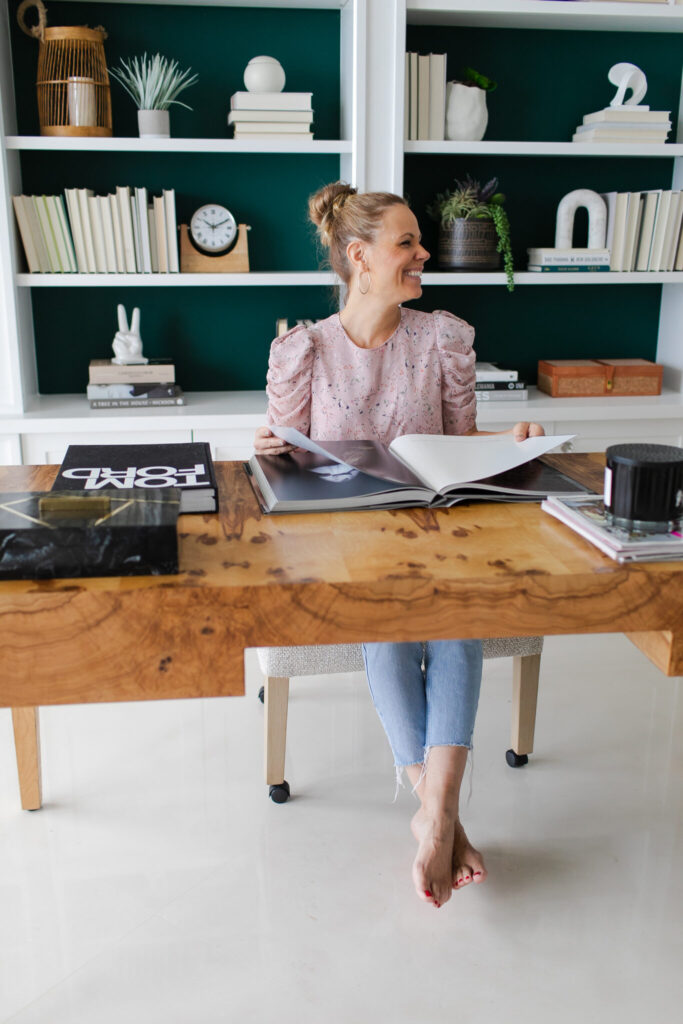
Design That Dares
We design for this collector who knows that brunt orange velvet belongs on the headboard. This couple wanted their foyer to feel like a grand hotel arrival. They craved beauty that moves them every time they walk through the door.
We used color with purpose. Pattern with restraint. Texture like a signature. And yes—we broke the rules just to bring on the magic.
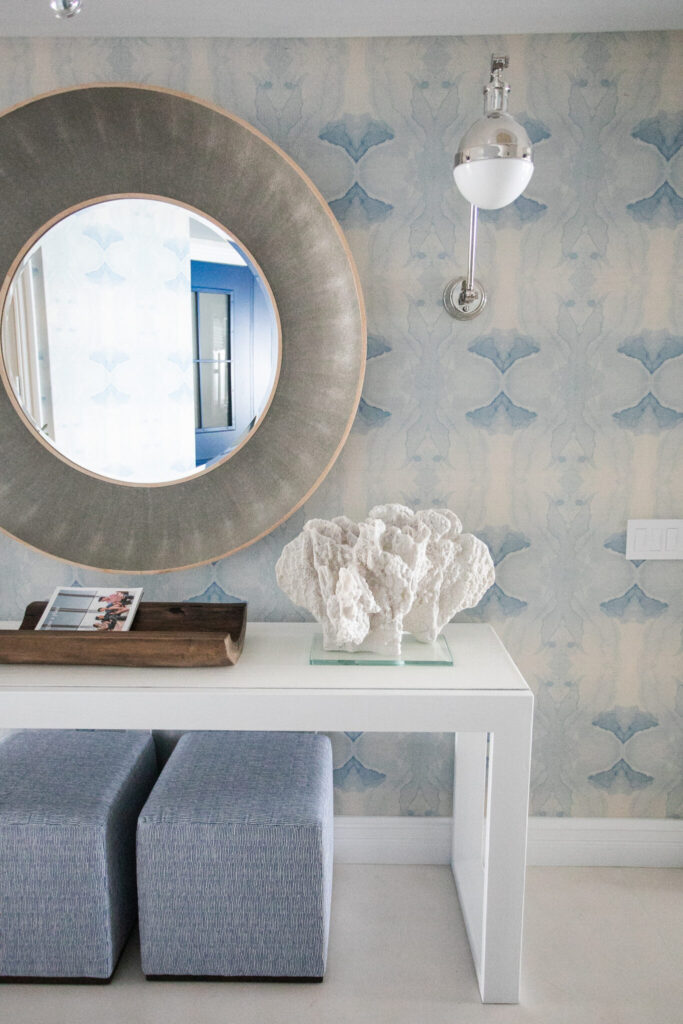
Luxury is Personal
This home doesn’t feel like a showroom. It tells their story in an elevated form.
That’s why we dive deep into who our clients are—how they live, what inspires them, and what makes their home feel like a personal brand. Here we wallpapered ceilings, sourced art no one else has, and even painted the library emerald green. These bold decisions tell their story.
Tour the $9M Home That Sets a New Standard for Coastal Elegance
If you’ve ever imagined what the epitome of coastal luxury looks like, this $9 million masterpiece is about to blow your mind. Nestled right by the beach, this home is a fusion of timeless glamour and modern coastal vibes that will have you feeling like you’ve stepped into a dream. From the breathtaking ocean views to the carefully curated interiors, this is a space where every detail oozes sophistication. Let’s take a closer look at how this property has set a new standard for coastal glamour.
Photo Credit: Jessica Glynn

Photo by Jessica Glynn
1. A Grand Entrance That Welcomes You Home
Right from the moment you step foot onto the property, the entrance will leave you speechless. Dutch Colonial architecture that stands out in pure glamour.
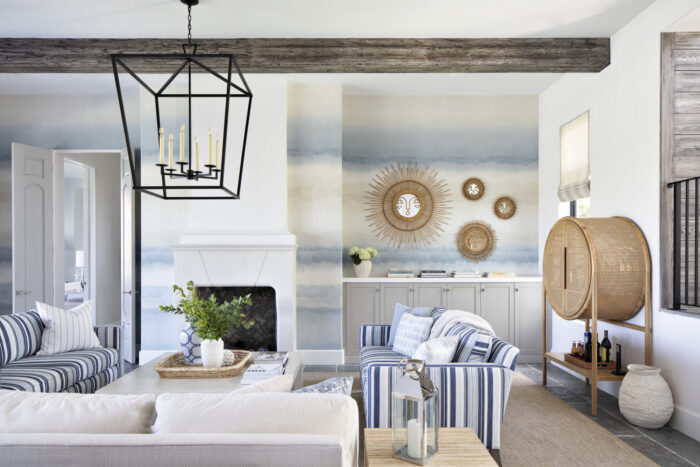
photo by Jessica Glynn
2. A Living Room That Feels Like an Oceanfront Resort
This living room is everything you imagine when you think of coastal glamour: spacious, elegant, and flooded with light. Large windows frame that jaw-dropping instracoastal view, while the room’s open layout invites both cozy nights and entertaining.
3. The Kitchen: A Chef’s Dream Meets Designer Chic
If you’ve ever wanted to cook in a kitchen that could rival the design of any high-end restaurant, this is it. With floor-to-ceiling cabinetry, sleek marble countertops, and state-of-the-art appliances, this kitchen combines style and functionality like no other. A large center island is perfect for both meal prep and entertaining, while the open shelving displays everything from fine china to curated art pieces. Whether you’re whipping up a casual brunch or hosting an intimate dinner party, this kitchen is ready for anything.
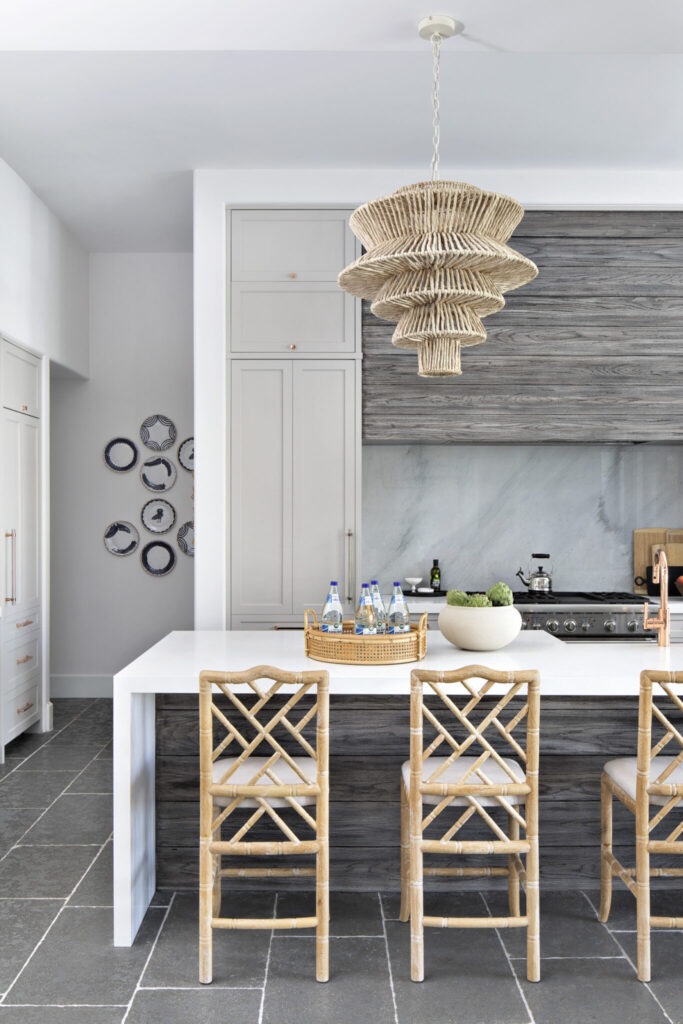
Photo by Jessica Glynn
4. Coastal Chic Meets High-End Elegance in the Bedrooms
The bedrooms in this home redefine coastal chic—no seashells or tacky nautical themes here! Instead, think understated elegance with soft, flowing linens, textured walls, and artful lighting that brings the whole space together. The master suite is a sanctuary, complete with floor-to-ceiling windows offering unobstructed views of the intracoastal. A private lanai entrance, his-and-her walk-in closets, and a spa-like bathroom that includes a freestanding tub with an ocean view make it the perfect place to unwind after a long day.

5. Outdoor Living Like You’ve Never Seen Before
The magic of this home extends far beyond its walls. The outdoor spaces? Pure perfection. A serene pool stretches out to the horizon, blending seamlessly with the intracoastal beyond. The surrounding terrace is dotted with stylish seating areas, ideal for both lounging in the sun or hosting an alfresco dinner party. A firepit adds a cozy element for cooler nights, and the lush landscaping creates an intimate, resort-style ambiance that you won’t want to leave.
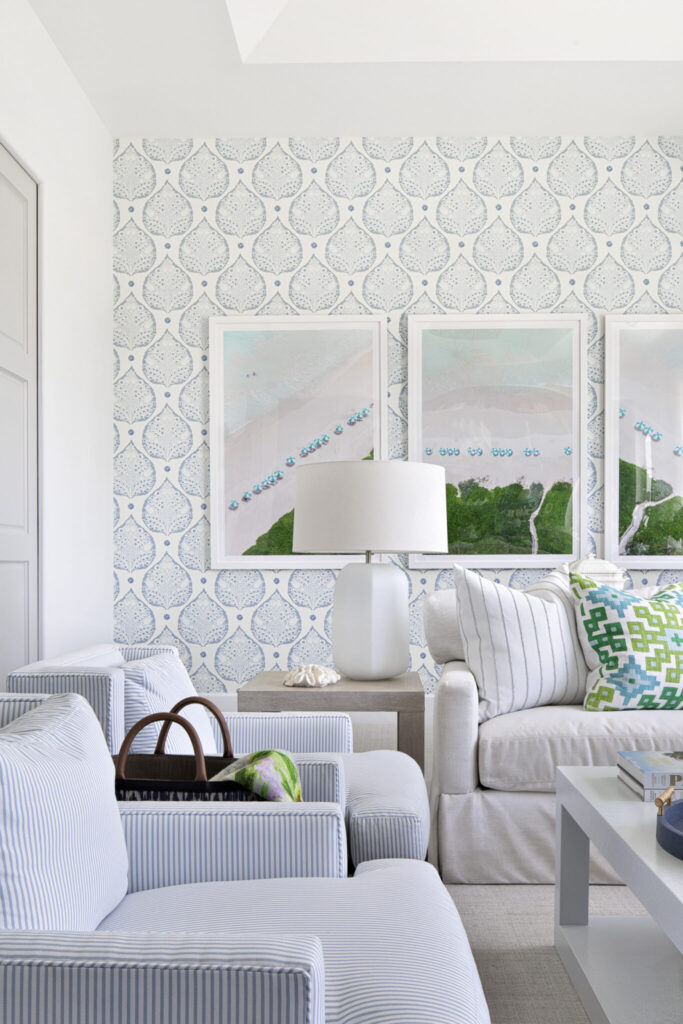
6. A Luxe Family Lounge That’s Pure Cozy Chic
This is no ordinary home theater—it’s an experience. With plush linen seating, collectible art, and a giant screen, and the coastal colors that sooth but also know how to have fun. The walls are adorned with bold wallpaper, creating a chic yet intimate atmosphere.
The Ultimate Coastal Retreat
This $9 million home doesn’t just offer a stunning design; it offers a lifestyle—a lifestyle defined by effortless elegance, a love of nature, and the perfect balance of glamour and relaxation. Whether it’s the sweeping views, the meticulously designed interiors, or the seamless flow between indoor and outdoor spaces, every inch of this home is a testament to the beauty of coastal living at its finest.
Ready to Redefine Your Own Space?
Inspired by this one-of-a-kind coastal gem? If you’re dreaming of elevating your own space with elements of coastal glamour, the key is blending sophistication with comfort. Whether you’re in the mood for a chic bedroom refresh or a full-on home makeover, remember that luxury is all about the details. So, what’s stopping you from creating your own coastal dream? Reach out to our design team to get started on your very own $9M-worthy transformation today.
The Secret to a “Pinch Me” Home: Our Little Black Book
The Secret to a “Pinch Me” Home: Our Little Black Book
Photo Credits: Jessica Glynn
At Krista + Home (KH), it’s not just about the furniture.
We obsess over the right fabric, the perfect finish, and the ideal layout—but what really sets us apart is how we bring your dream home to life down to every last, jaw-dropping detail. And we don’t do it alone.
Behind every Krista + Home project is our Little Black Book: a curated circle of designers, craftspeople, and vendors who transform spaces into unforgettable experiences.
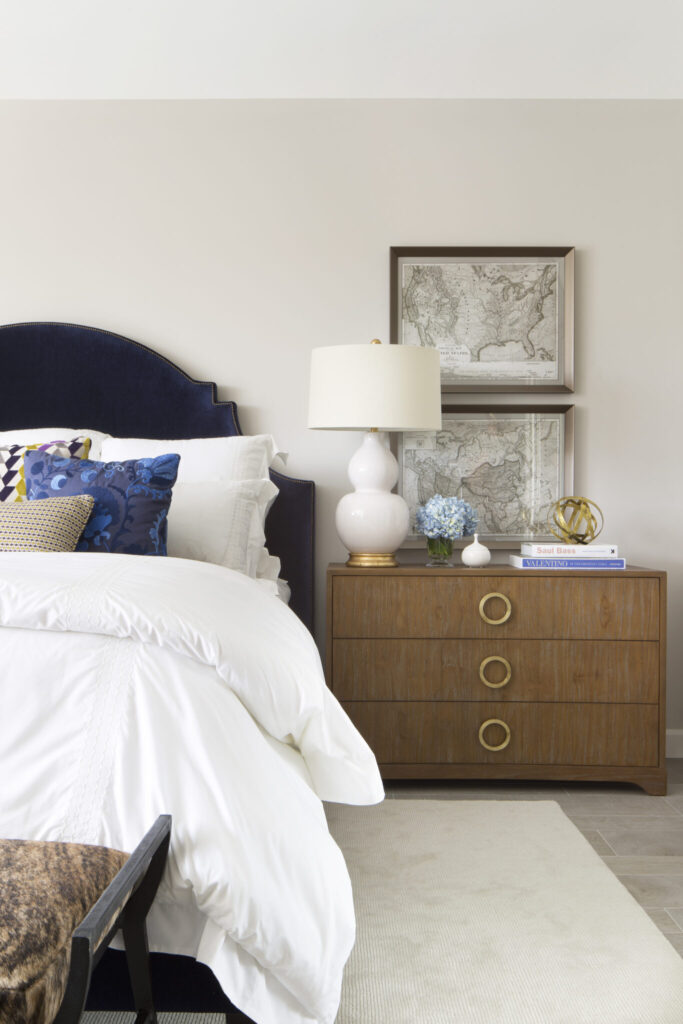
Brownstone Furnishings
When you work with us, you get VIP access to:
Designers who get you
Our team doesn’t just decorate—they listen, interpret, and translate your vision into a home that feels uniquely you.
Craftspeople who make magic
From custom millwork to hand-applied finishes, we collaborate with artisans who treat your home like a masterpiece in the making.
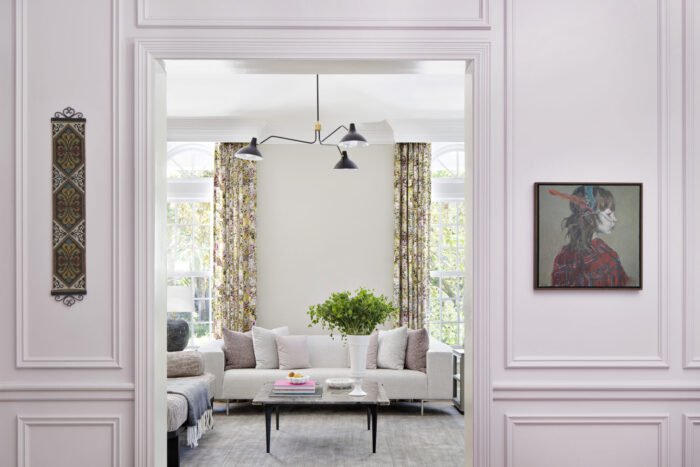
Fabricut and Black Edition Fabrics; “Porcelain” Paint Color by Benjamin Moore
Vendors who treat your project like their own
Our trusted partners go the extra mile—because they know we do too.
These relationships are the secret sauce. They’re what turn a beautiful room into a pinch-me, is this real? kind of home.
Because for us, it’s not just about pretty things—it’s about creating a space that feels like everything you’ve ever dreamed of… and more.
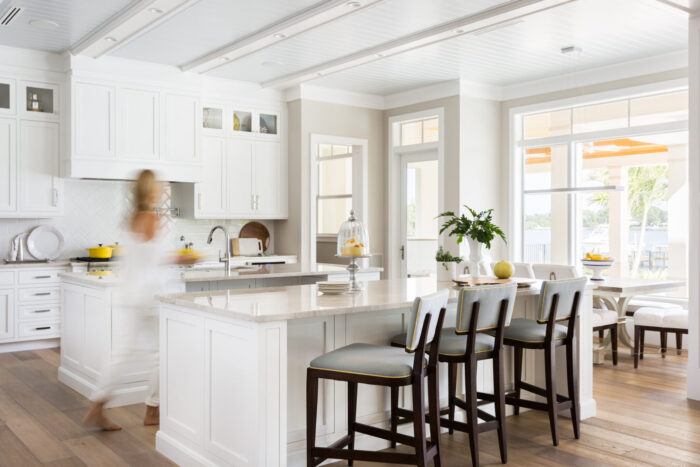
Inside a $7M Coastal Retreat with a Hint of White Lotus in Taormina
Inside a $7M Coastal Retreat with Mediterranean Glamour and a Hint of White Lotus – Season 2
Photo Credit: Jessica Glynn
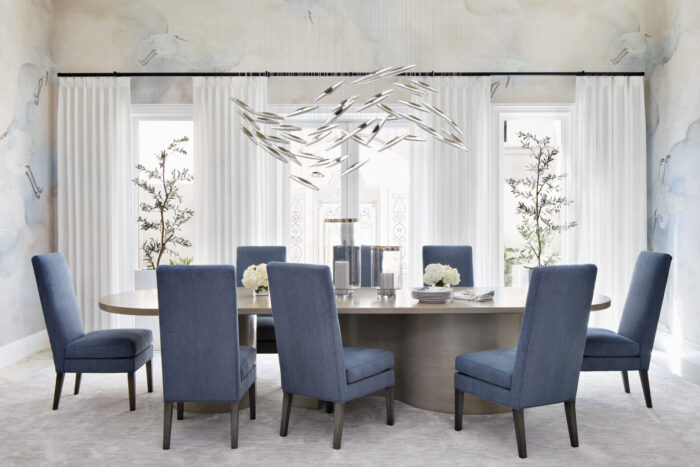
Phillip Jeffries Wallpaper
Palm Beach folly meets Mediterranean soul in this newly renovated $7 million masterpiece—a home that’s equal parts tranquility and refinement. Designed for a discerning homeowner who wanted a space that felt like a luxe vacation year-round, the result is an arresting blend of refined coastal minimalism and cinematic drama inspired by The White Lotus- Taoromina.
A View That Steals the Show
The layout is crafted to capture coastal breezes and the warmth of light, with oversized windows framing the horizon at every turn. Classically-lined architecture and a neutral palette let nature do the talking—while refined touches add just the right amount of glamour.
European Influence, Florida Ease
From hand-plastered walls to limestone floors, every element nods to the Mediterranean—from Santorini to Sicily—but filtered through a Floridian lens. The home’s arched hallways, white-on-white textures, and statement lighting call to mind the quiet drama of a Belmond resort.

Visual Comfort Lighting
Tailored for Entertaining
This home is designed to host: a chef’s kitchen with Italian marble countertops, a breezy indoor-outdoor bar, and a poolside lounge framed in olive trees and breezy linen curtains. Think Aperol spritzes at sunset and curated playlists echoing from hidden speakers.
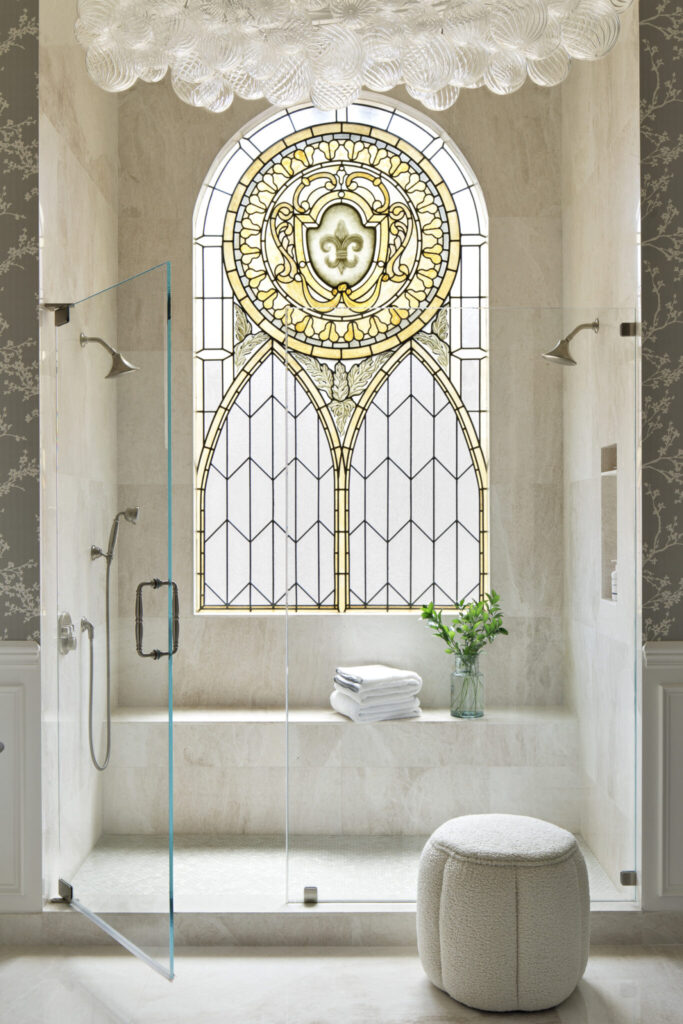
Custom, Curated, and Completely Turnkey
Every detail was curated by the Krista + Home design team to reflect effortless luxury—from artisan-made furnishings to gallery-worthy lighting. Nothing is off-the-shelf. Everything is intentional. This isn’t just a furnished home—it’s a lifestyle, delivered turnkey.
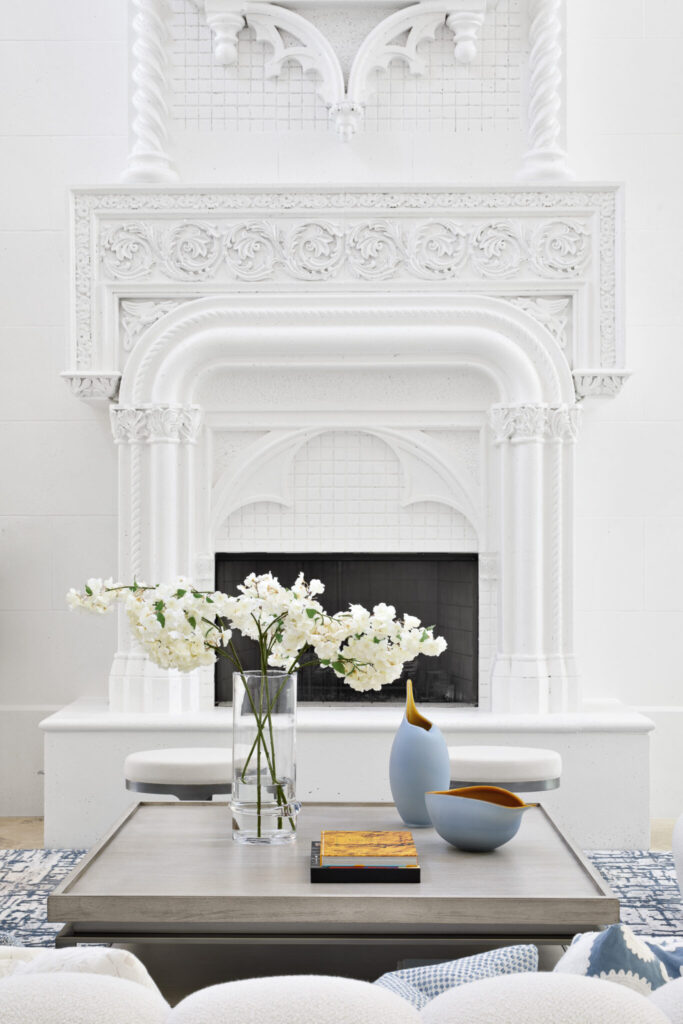
A Little White Lotus, A Lot of Wow
It’s hard not to feel the cinematic allure—if White Lotus had a Palm Beach spinoff, this is where it would be filmed. Elegant but approachable. Classic with a twist. It’s the type of home where every day feels like a (very stylish) getaway.
Transforming Your Home into a Luxury Retreat

Transforming Your Home into a Luxury Retreat: The Art of Full-Service Interior Design
Photo Credit: Eve Greendale
At KH, we understand that a home is more than just a place to live – it’s a sanctuary, a reflection of your unique style, and an expression of your lifestyle. Whether you’re designing a brand-new home or refreshing your current space, our full-service interior design offerings provide a seamless, luxurious experience that brings your vision to life.
The Full-Service Experience:
Our process begins with a deep understanding of your needs, preferences, and the overall feel you want to achieve in your home. From there, we collaborate closely with you to curate every detail – from custom furnishings and window treatments to specialized lighting and decor.
But what sets Krista + Home apart? It’s not just about selecting beautiful pieces; it’s about creating a cohesive design that complements your life. We focus on more than just aesthetics – we consider functionality, comfort, and flow, ensuring that each element works in harmony to elevate your living space.
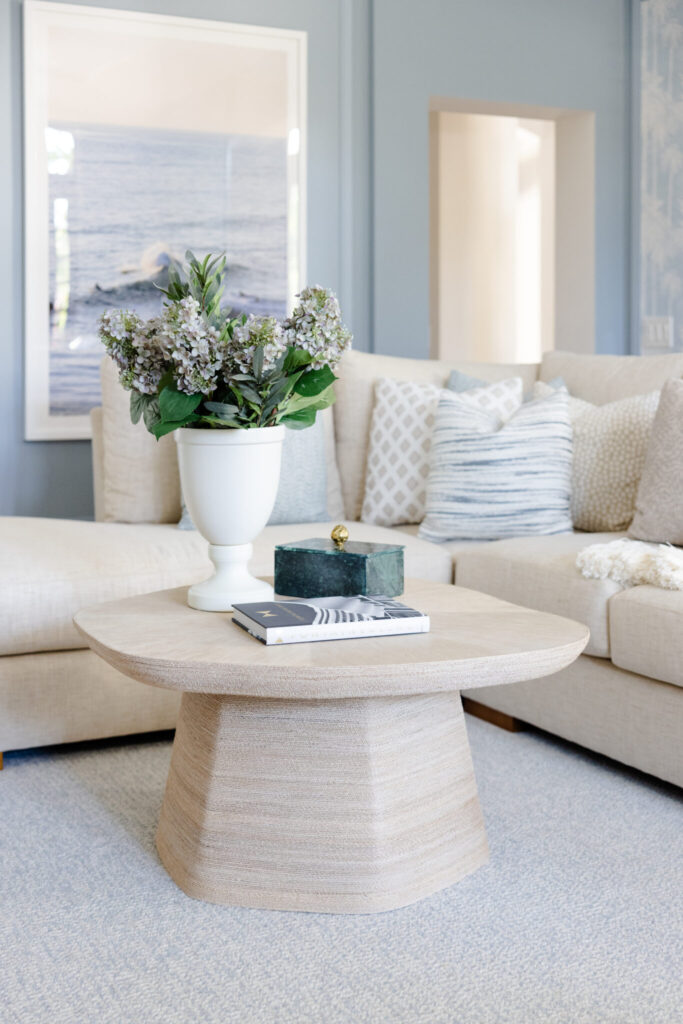
What’s Included in Full-Service Interior Design:
-
Custom Furnishings & Fixtures:
Every room is designed to reflect your personal style, whether it’s contemporary, traditional, or somewhere in between. We offer a range of custom furniture and accessories tailored to your space’s needs, from luxurious seating to bespoke cabinetry. (Above sectional: Kravet) -
Drapery & Window Treatments:
Our design includes custom drapery, shades, and window treatments that enhance your space’s beauty while providing practical benefits like privacy and light control.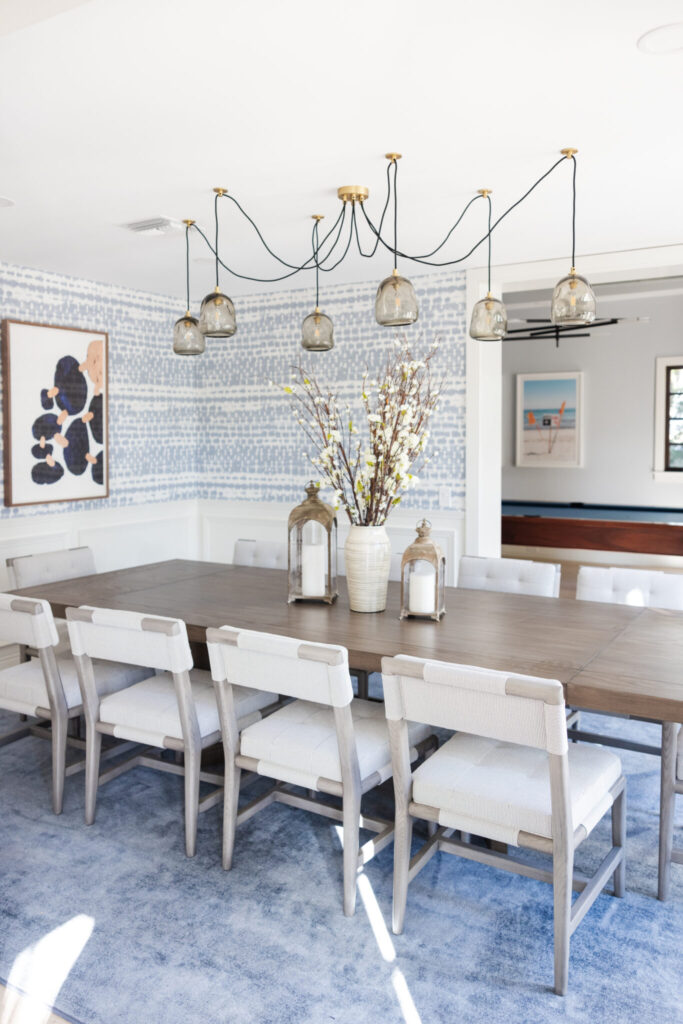
-
Wall Treatments & Decorative Elements:
Wallpaper, feature walls, and custom wall treatments are part of our signature style. We bring texture and character to your walls, adding layers of sophistication to any room. (Above wallpaper: Phillip Jeffries) -
High-End Home Technology & Specialized Spaces:
Whether it’s an integrated sound system for your home theater or unique furnishings for a custom-built entertainment room, we create spaces that are as functional as they are beautiful.
The Process:
Our approach to design is collaborative and flexible. We start with a detailed consultation to understand your goals and begin crafting a design tailored to your tastes. Then, we provide you with a curated selection of options, ensuring that each piece fits perfectly into your vision. After receiving your approval, we begin the procurement and installation process, ensuring that everything is delivered and installed to perfection.
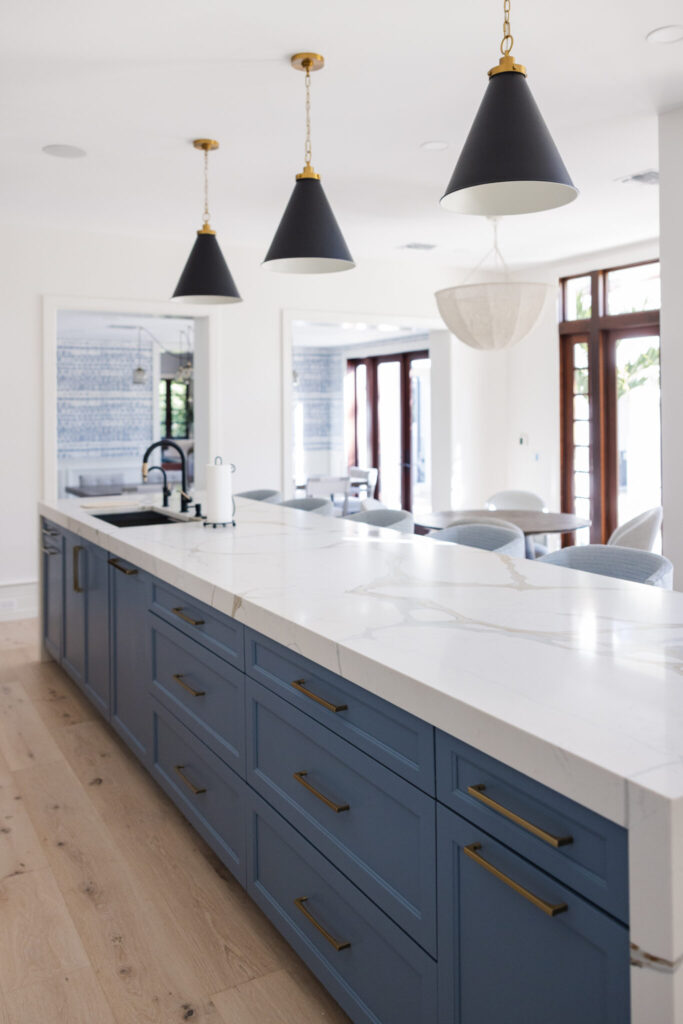
Whether you’re based locally or managing a second home, we make the entire process seamless. Our team manages the details, so you can enjoy the excitement of seeing your dream home come to life.
Why Choose Krista + Home:
When you work with Krista + Home, you’re not just hiring an interior designer – you’re engaging a partner who understands luxury living and is committed to transforming your space into a true reflection of your style. Our full-service offering is ideal for those seeking an elevated living experience with every detail taken care of.
3 Things Interior Designers Do Well

November 7, 2024
3 Things Interior Designers Do Well
Space Planning
Interior designers are keen to maximize a space’s functionality and flow. They assess the layout,
ensuring that furniture placement and room configuration enhance usability while creating a
visually appealing environment.
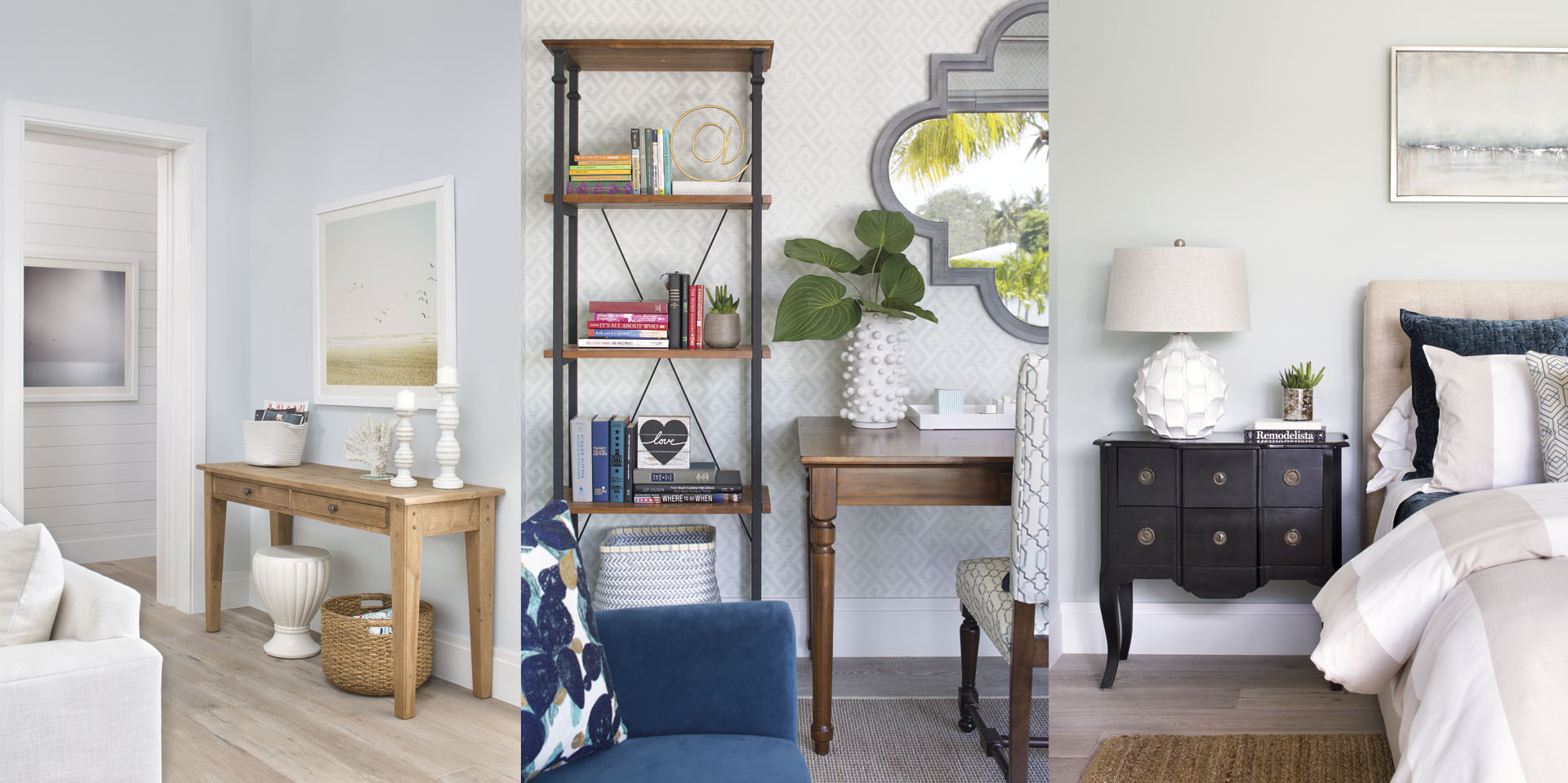
Aesthetic Vision
Designers have a strong sense of style and color, allowing them to create cohesive and attractive
designs. They know how to combine textures, colors, and materials to establish a mood and
achieve the desired aesthetic for a space.
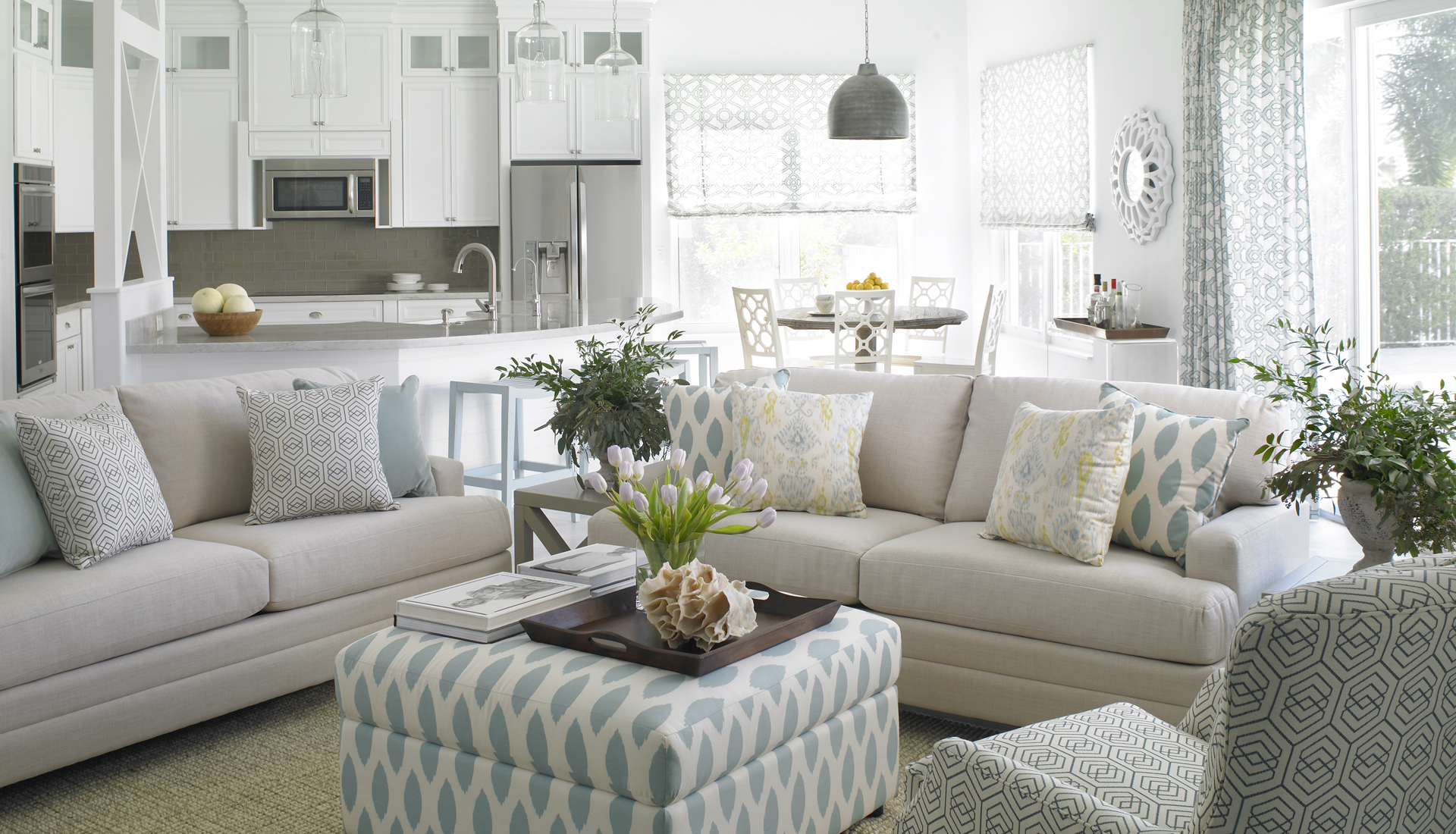
Problem-Solving
Interior designers are skilled at addressing challenges that arise during the design process.
They creatively troubleshoot issues related to layout, lighting, and integrating
personal preferences, ensuring that the final design meets the client’s
needs and expectations.
3 key statistics about the Florida real estate market
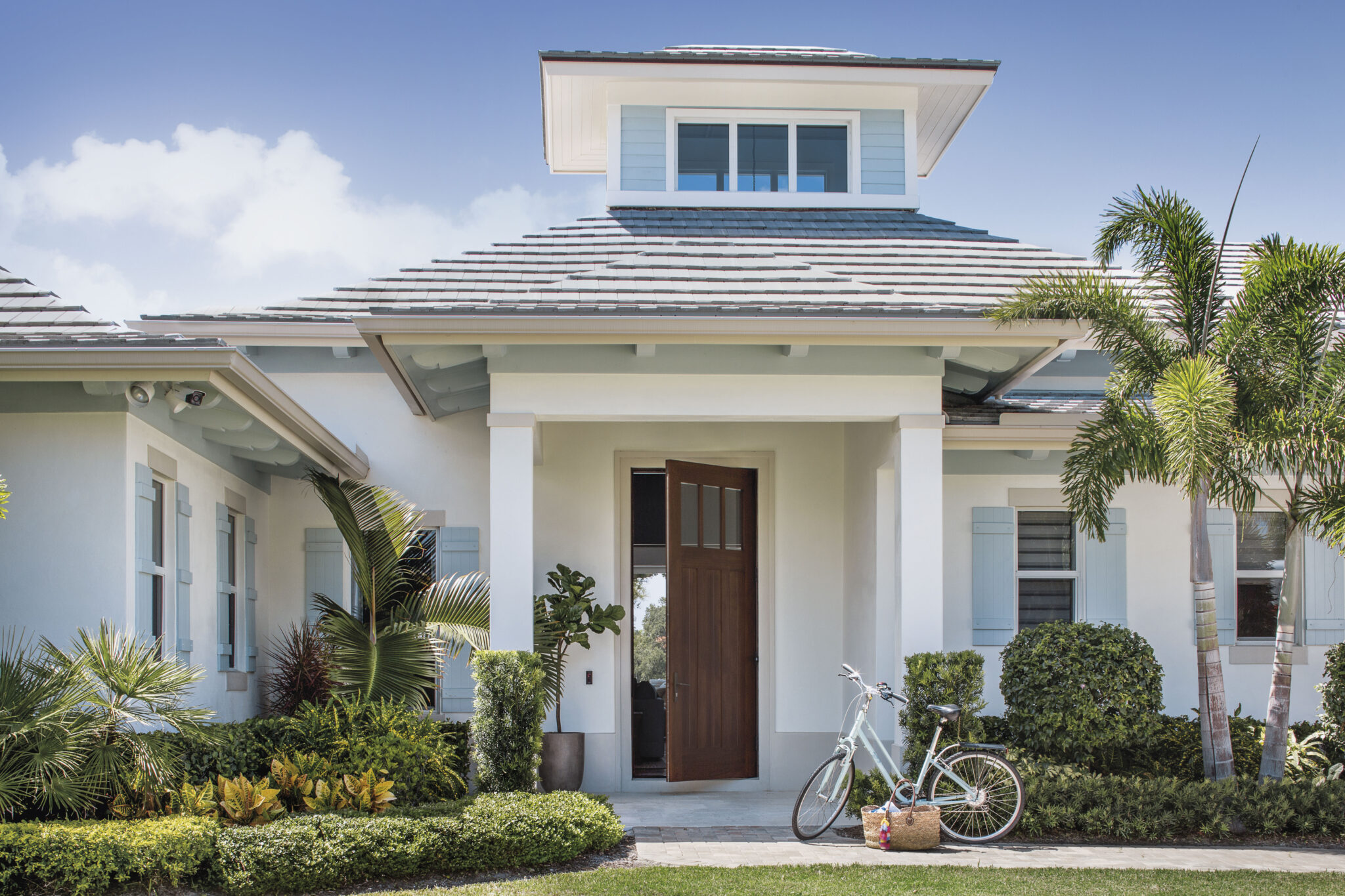
Median Home Price
As of mid-2023, the median home price in Florida has significantly increased, often exceeding $400,000 in many metropolitan areas, reflecting ongoing demand and limited inventory.
Population Growth
Florida has been experiencing a robust influx of residents, with an estimated annual growth rate of around 1.5% to 2%. This population increase fuels demand for housing, particularly in cities like Miami, Orlando, and Tampa.
Rental Market Trends
The rental market in Florida has also been strong, with rental prices rising significantly. In many areas, year-over-year rent increases have been reported at around 10% or higher, driven by high demand and low vacancy rates.
These statistics indicate a dynamic and competitive real estate environment in Florida.
Integrating Interior Design with Architectural Elements
Integrating Interior Design with Architectural Elements: Elevating Your Space
When interior design works together with architectural elements, the result is a cohesive and stunning space that reflects personal style and maximizes functionality. Rather than seeing architecture and interior design as separate disciplines, blending these two creates a unified look, ensuring that a space feels both well-thought-out and effortlessly beautiful. We work alongside architects to combine our expertise, creating the perfect balance.
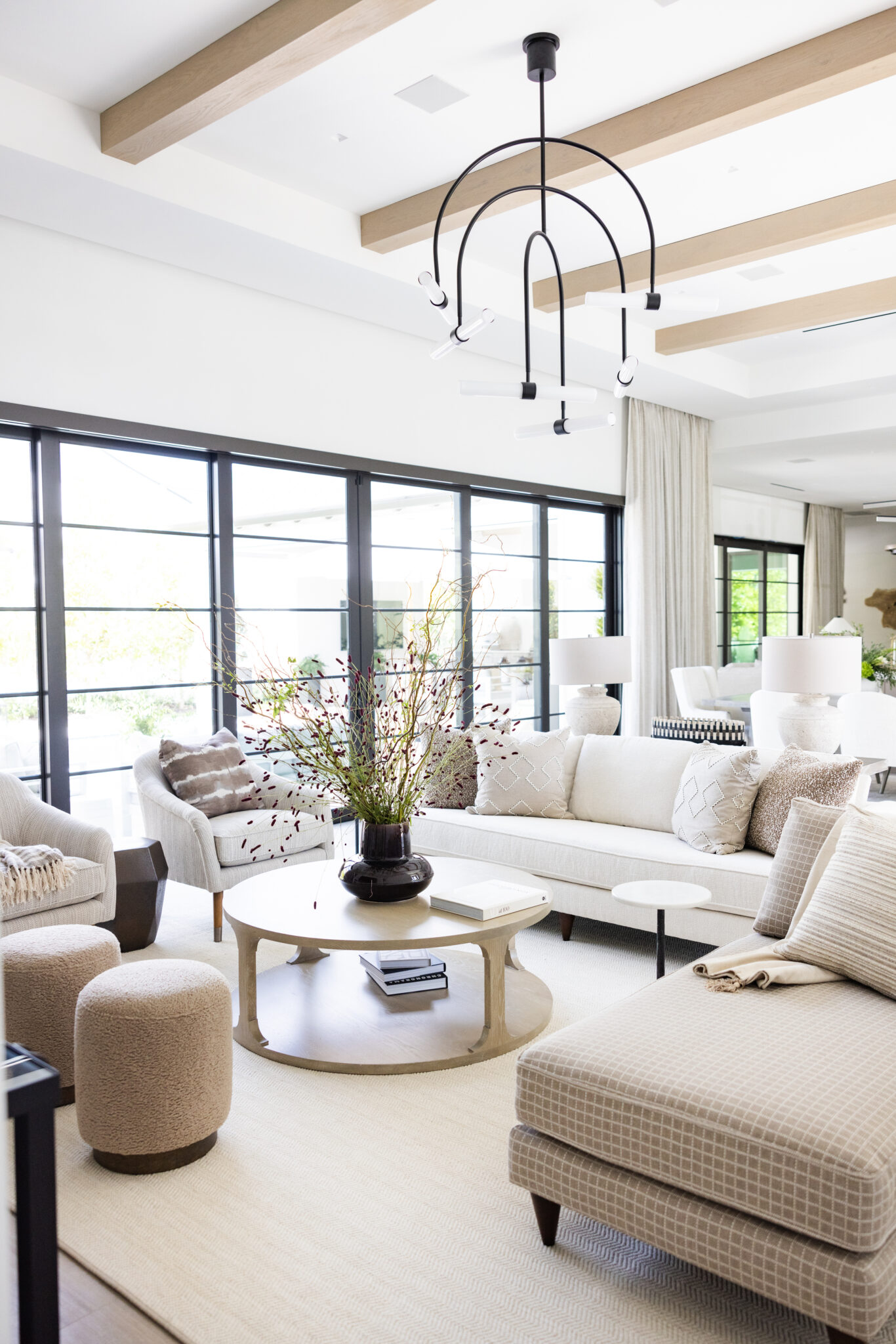
Interior Design by Krista + Home. Photography by Eve Greendale.
Recognize the Architectural Framework
Before beginning the interior design process, it’s crucial to understand and appreciate the space’s existing architectural features. Elements like exposed beams, high ceilings, large windows, or original molding can become focal points and should be considered when selecting furniture, decor, and color palettes. These architectural details often tell a story about the property, and embracing them can add authenticity to the design.

Interior Design by Krista + Home. Photography by Jessica Glynn.
Emphasize Texture and Materiality
Architectural elements often come with distinct textures and materials, such as brick walls, concrete floors, or wooden beams. Rather than covering or disguising these elements, interior design should highlight and complement them.
Incorporating softer, contrasting materials like plush fabrics, rugs, and drapes can balance the rawness of industrial architecture. On the flip side, sleek and modern furniture might pair beautifully with traditional wood paneling or exposed brick, providing a fresh yet grounded, stylish contrast.

Interior Design by Krista + Home. Photography by Eve Greendale.
Design with Symmetry and Proportion in Mind
Interior design should always reflect the proportions of the architecture. A room with grand dimensions, such as a vaulted ceiling or wide-open floor plan, calls for furniture and decor that match that scale. On the contrary, a smaller space might benefit from a more minimalist approach, where every piece is carefully selected to prevent overcrowding.
Symmetry, too, plays a vital role in bridging interior design with architecture. Pairing furniture and decor in a balanced, symmetrical arrangement complements the existing architecture, making the space feel harmonious and visually pleasing.
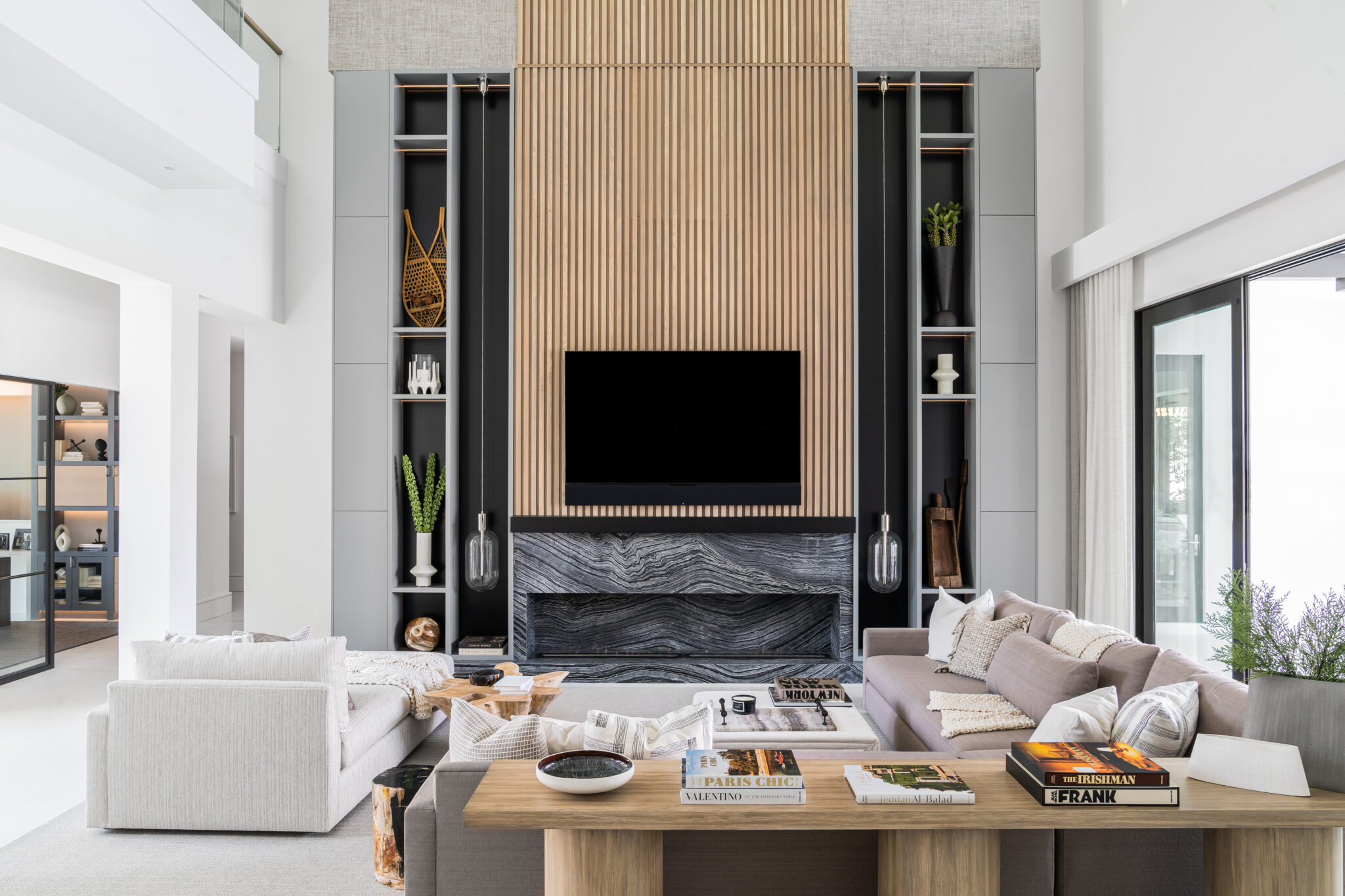
Interior Design by Krista + Home. Photography by Venjhamin Reyes.
Get Creative with a Focal Point
One of the most impactful ways to integrate interior design with architecture is by creating a focal point that draws attention to a key architectural element. Whether it’s a stunning fireplace, a statement staircase, or a dramatic vaulted ceiling, the focal point becomes the anchor of the room’s design.
By building the design around this architectural feature, you ensure that it remains the star of the space. Complement it with strategically placed furniture, art, or lighting that emphasizes the feature without overwhelming it. The goal is to enhance the architectural focal point, making it the room’s heart.
Harmonizing Design and Architecture
Incorporating architectural elements into interior design is about more than just aesthetics—it’s about creating a unified and intentional space. By embracing the inherent qualities of a space’s architecture and integrating design that complements those elements, you create a home that feels functional and uniquely personal.
Understanding how to merge these two worlds is key for interior designers, who must deliver extraordinary results that transform any space into a masterpiece.
Mixing Fabrics in Design
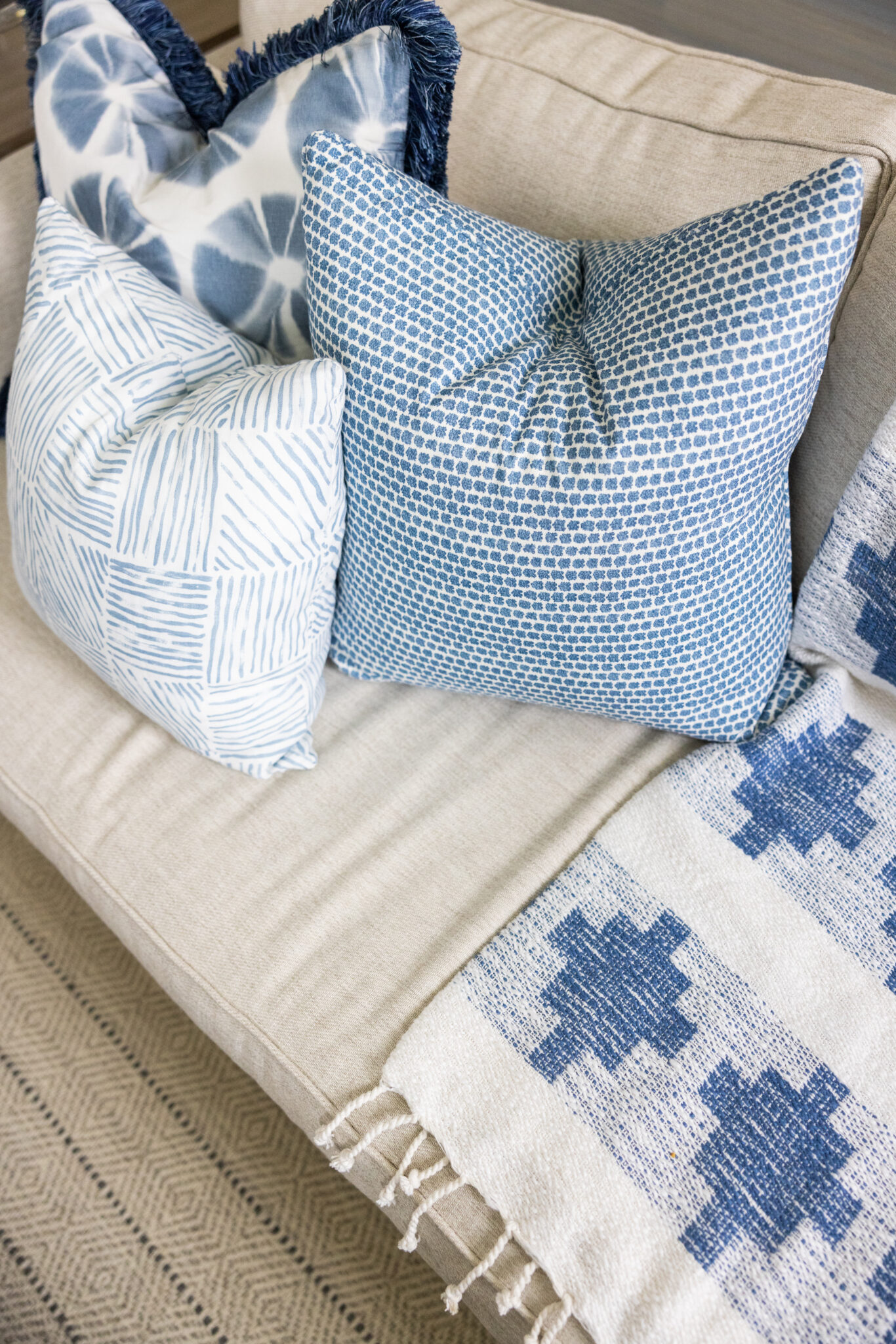
Interior Design by Krista + Home. Photography by Eve Greendale.
How We Mix Fabrics in Our Interior Designs
When it comes to interior design, one of the things we love most is playing with fabrics. There’s something so satisfying about finding the perfect combination of colors, patterns, and textures that brings a space to life. Over the years, we’ve developed a few strategies for mixing fabrics that we’d love to share.
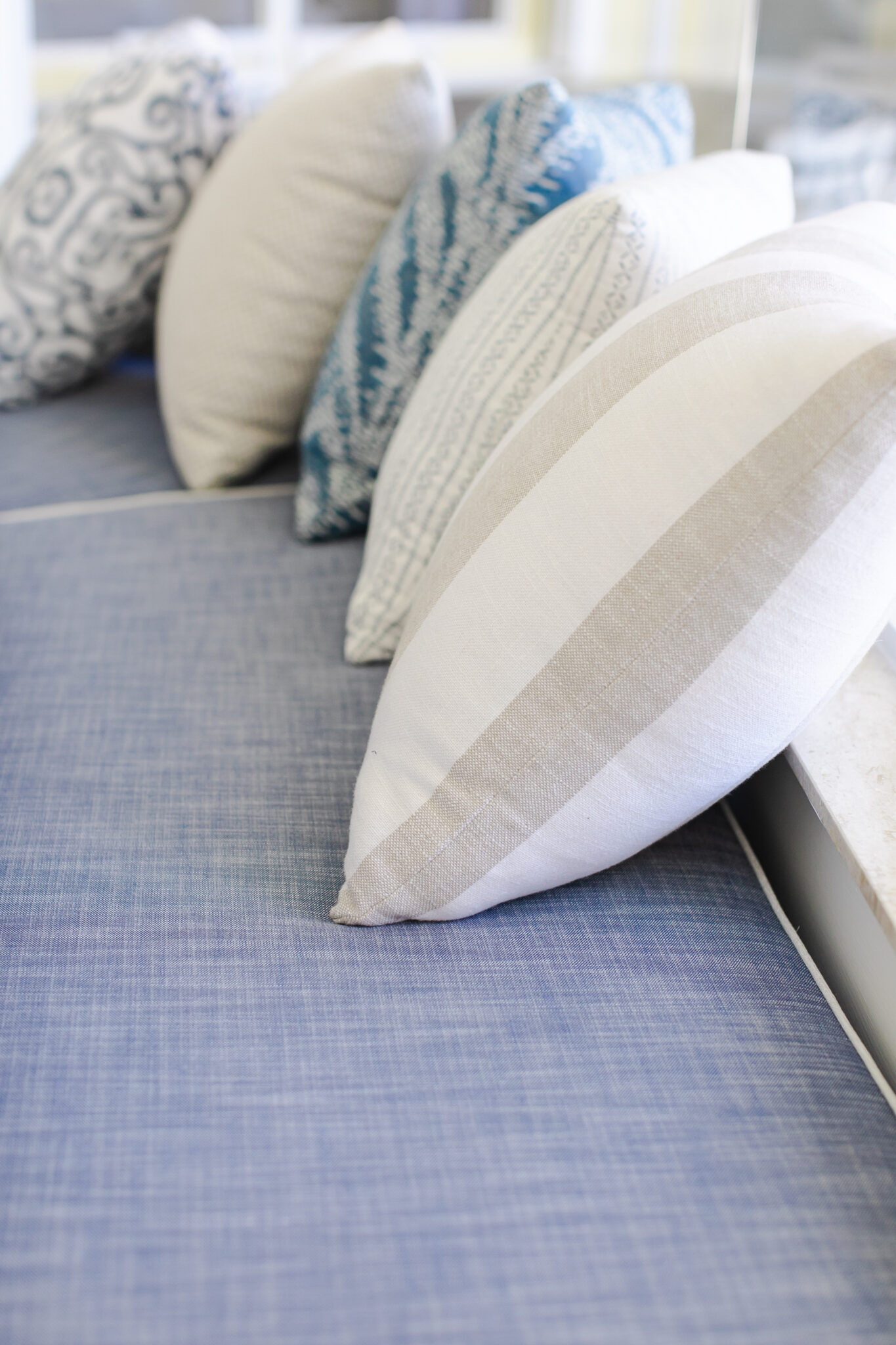
Interior Design by Krista + Home. Photography by Eve Greendale.
Starting with a Cohesive Color Palette
The first thing we always do is choose a color palette that will guide all of our fabric choices. We typically start with a few base colors—sometimes neutrals, sometimes bold shades—and build from there. The key is to make sure every fabric we select fits within this palette. This way, even when mixing different patterns and textures, the space feels unified and harmonious.
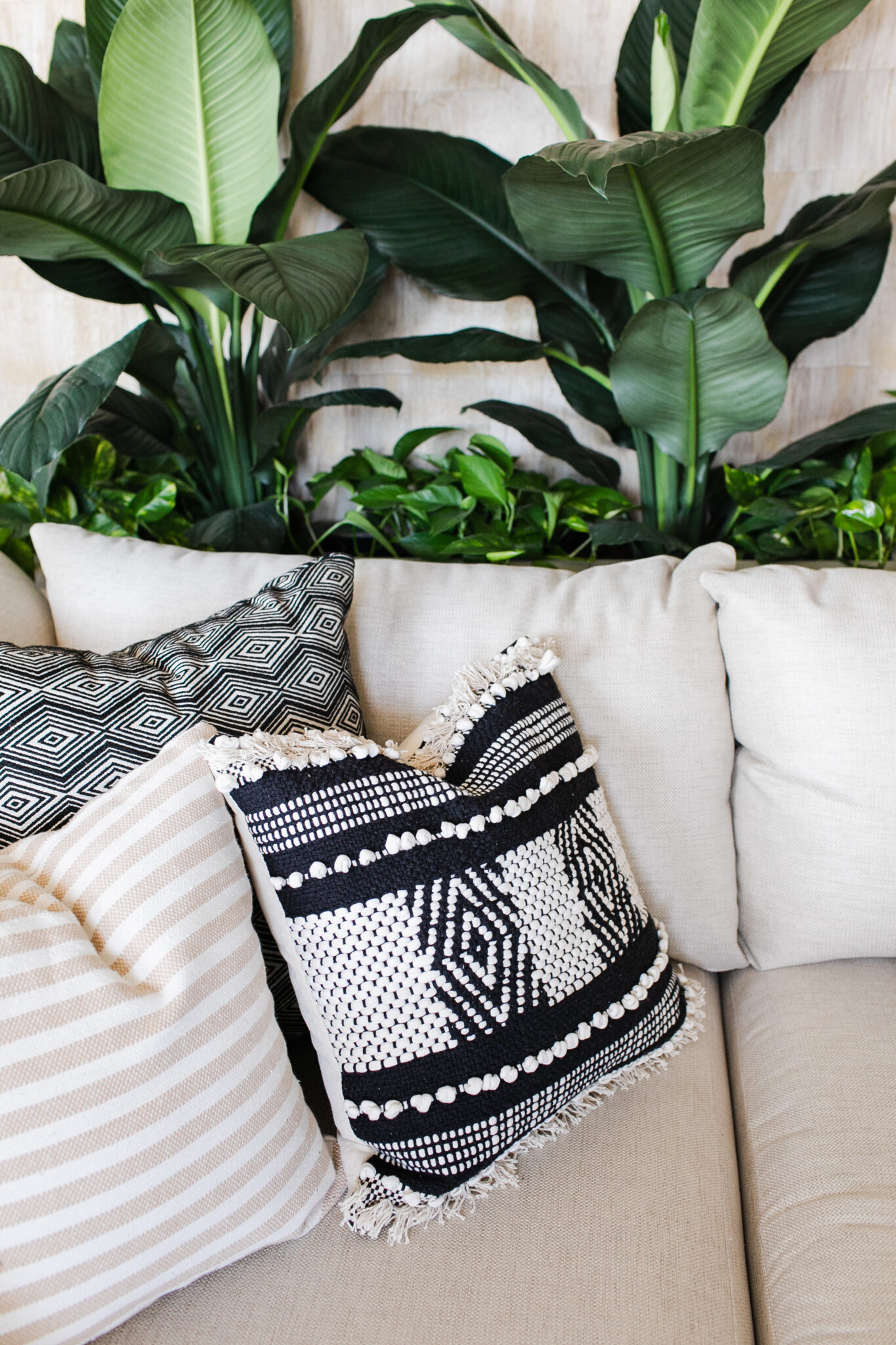
Interior Design by Krista + Home. Photography by Eve Greendale.
Mixing Patterns
Mixing patterns is one of our favorite parts of the process. We like to combine different types of patterns—stripes, florals, geometrics, you name it. To keep things from looking chaotic, we vary the scale of the patterns. For example, we might pair a large floral print with a small, subtle stripe. This adds visual interest without overwhelming the room. Our rule of thumb is to have one dominant pattern and let the others play a supporting role.

Interior Design by Krista + Home. Photography by Eve Greendale.
Experimenting with Texture
Texture is a game-changer when it comes to creating a cozy, inviting space. We love mixing soft, plush fabrics like velvet with rougher, more natural materials like linen. This contrast not only adds depth but also makes the room feel more dynamic. For us, the tactile experience is just as necessary as the visual one, so we always aim to create a balance of textures that feels right.
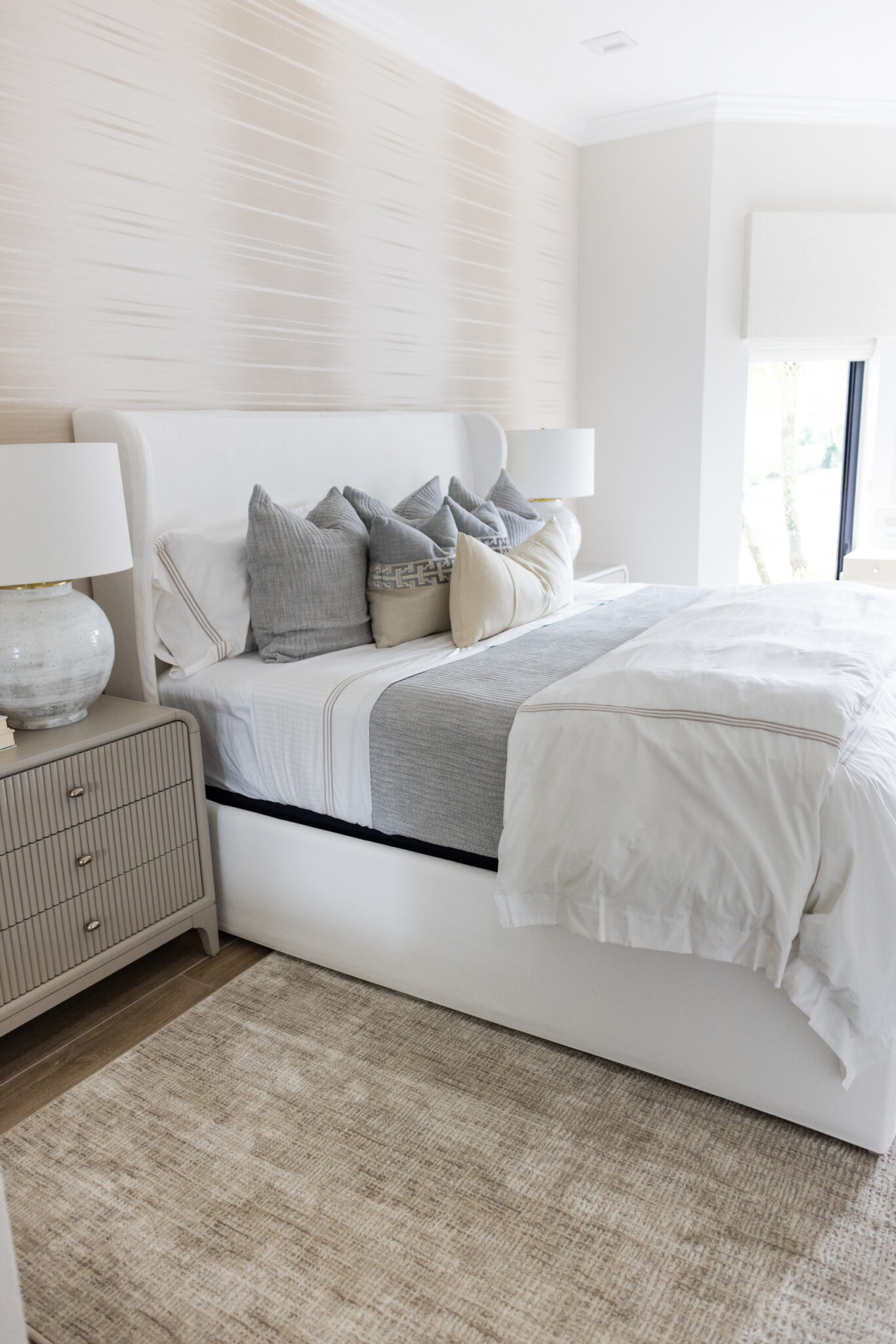
Interior Design by Krista + Home. Photography by Eve Greendale.
Anchor the Look with Solids
While we enjoy mixing patterns and textures, we never forget the importance of solid fabrics. Solids give the eye a place to rest and help to anchor the overall design. We usually choose solids that echo the colors found in our patterned fabrics, which helps tie everything together. It’s a simple trick, but it makes a huge difference in creating a balanced look.
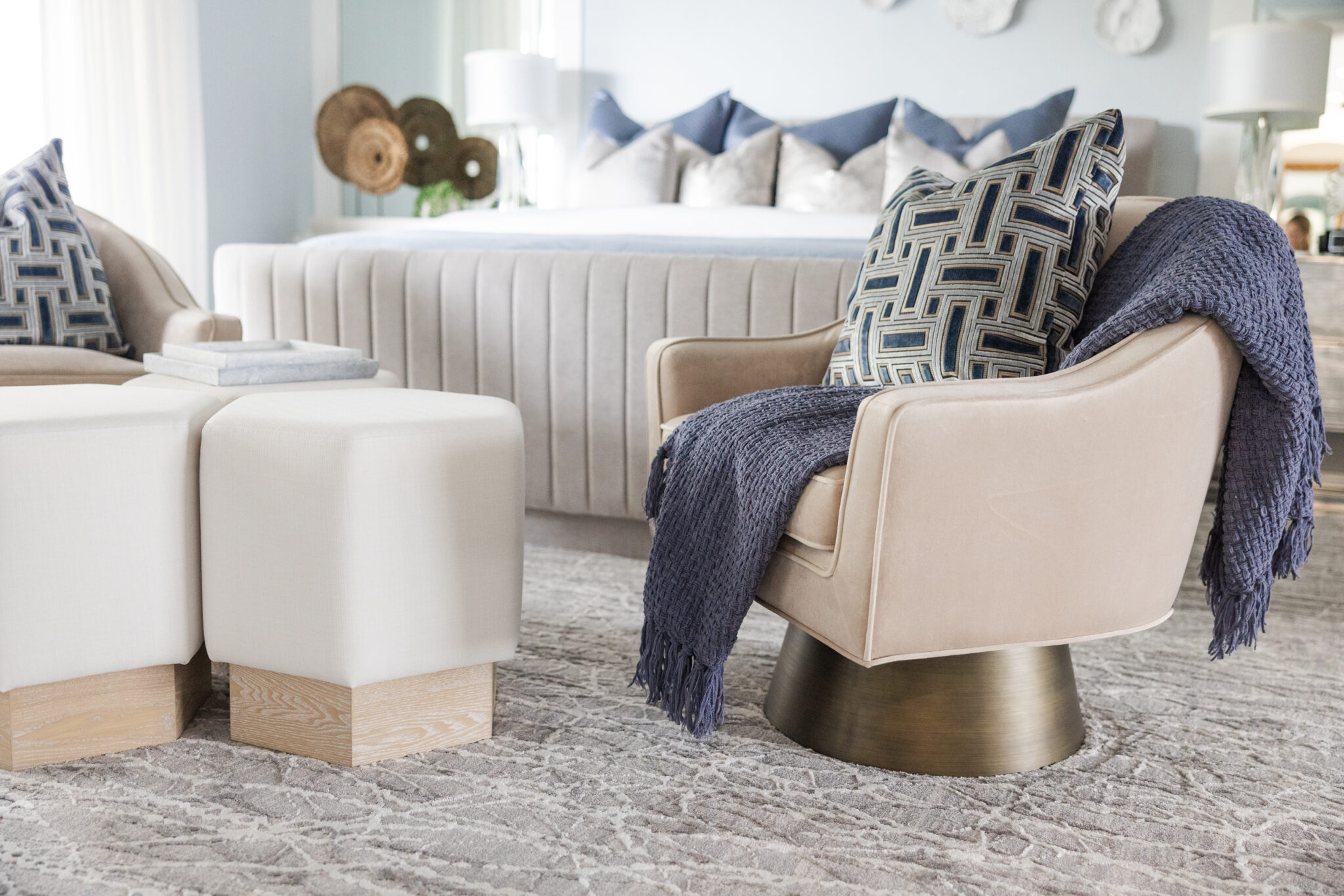
Interior Design by Krista + Home. Photography by Eve Greendale.
Consider Scale Carefully
Scale is something we pay close attention to when mixing fabrics. Large-scale patterns can make a big statement, sometimes too big, so we use them strategically—perhaps on pillows. That way, it’s easier to change them if you get sick of them! Then, we balance those with smaller-scale patterns on large-scale items such as rugs or furniture. This layering of different scales creates a dynamic yet cohesive look that feels intentional and well-thought-out. Whether you use large-scale patterns for the big items or the small ones, make sure you balance it out.

Interior Design by Krista + Home. Photography by Eve Greendale.
We Always Test Before Committing
Before we commit to a particular fabric combination, we like to test it out. We’ll gather fabric swatches and lay them out on a tray to see how they interact. It’s amazing how different fabrics can look under different lighting conditions, so we make sure to check them at various times of the day. This step helps us tweak our choices until we find the perfect mix.
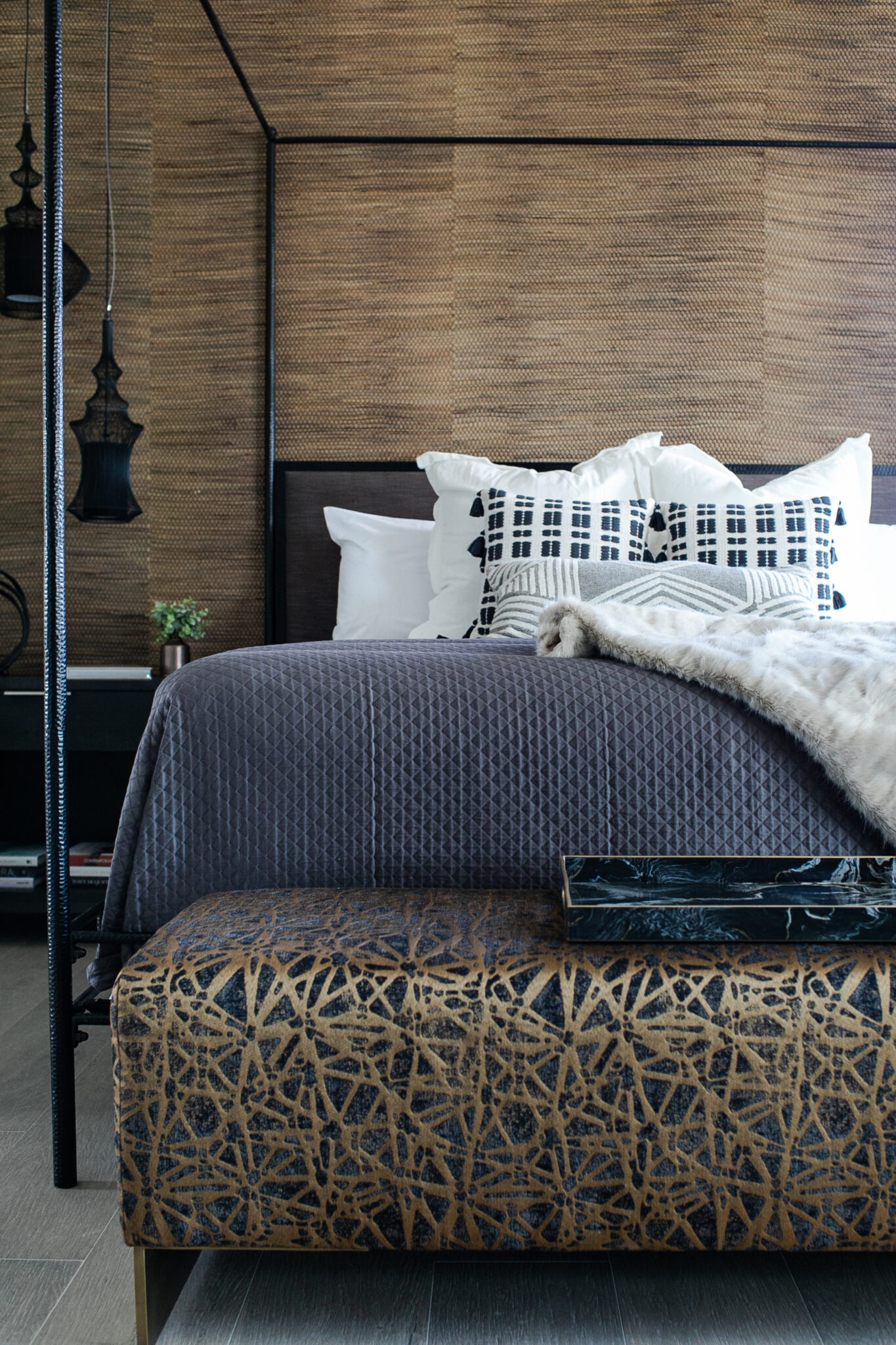
Interior Design by Krista + Home. Photography by Eve Greendale.
Mixing fabrics in interior design is something we truly enjoy—it’s where creativity meets comfort. By focusing on color, pattern, texture, and scale, we’re able to create spaces that are both beautiful and inviting.
Why Investing in Interior Design Will Add Value to Your Life
When we think about improving our quality of life, we often consider factors like health, relationships, and careers. However, the environment we live in plays a crucial role in our overall well-being. Great interior design is not just about making a space look beautiful—it’s about creating an environment that enhances your daily life, boosts your mood, and supports your overall well-being. Here’s how thoughtful interior design can significantly improve your quality of life.

Interior Design by Krista + Home. Photography by Eve Greendale.
Creating a Space That Reflects Your Personality
Your home should reflect who you are. When your interior design aligns with your personal style, it creates a sense of belonging and comfort. Whether you prefer a minimalist, modern look or a cozy, eclectic vibe, a well-designed space can make you feel more connected to your environment. This connection to your surroundings fosters a sense of peace and satisfaction.
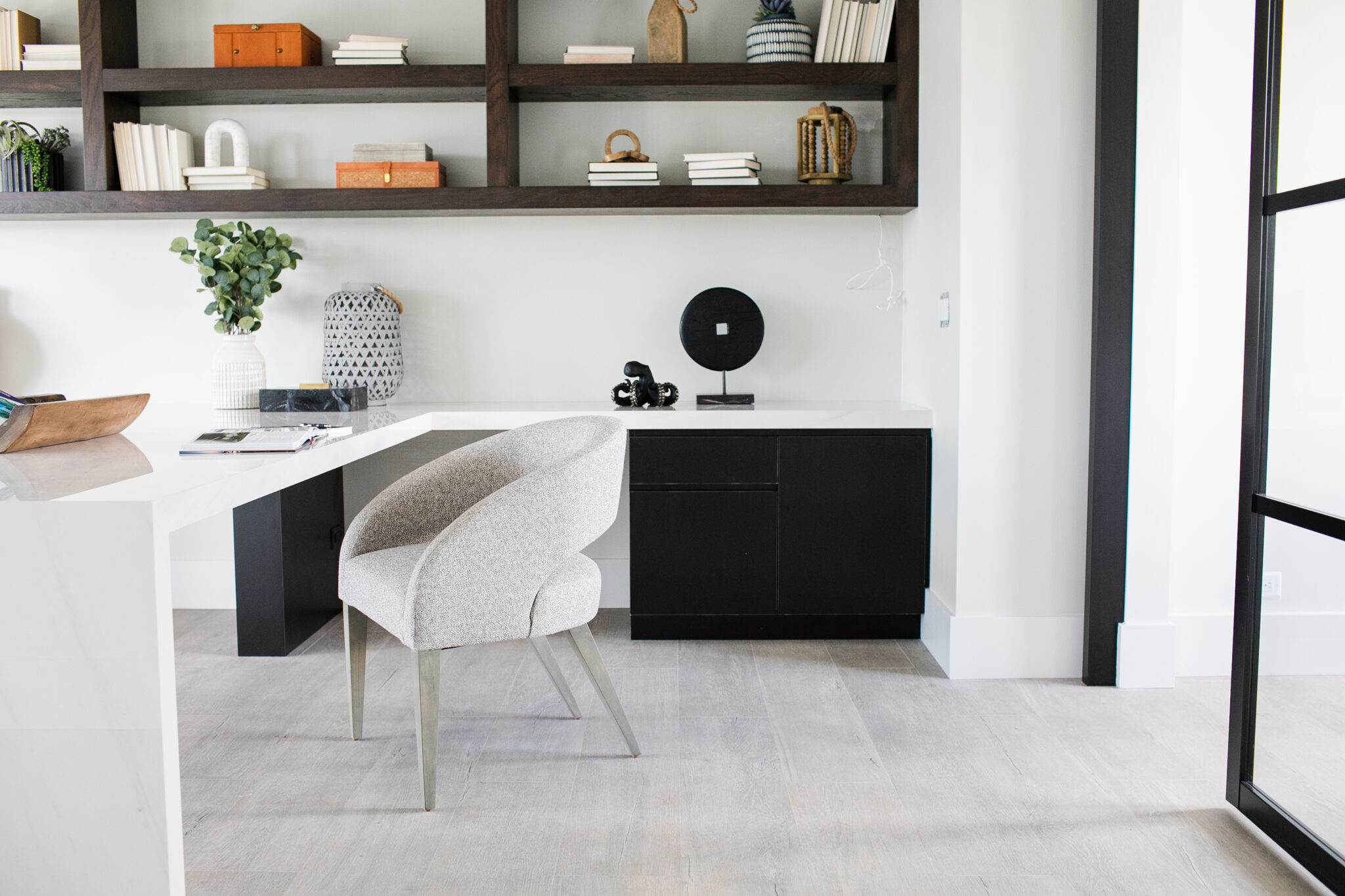
Interior Design by Krista + Home. Photography by Eve Greendale.
Enhancing Functionality and Efficiency
A great interior design doesn’t just look good—it works well, too. Thoughtful design ensures that your space is functional and meets your daily needs. From optimizing room layouts to selecting furniture that fits your lifestyle, good design makes your home more efficient and easier to live in. This can save you time, reduce stress, and make daily tasks more enjoyable.
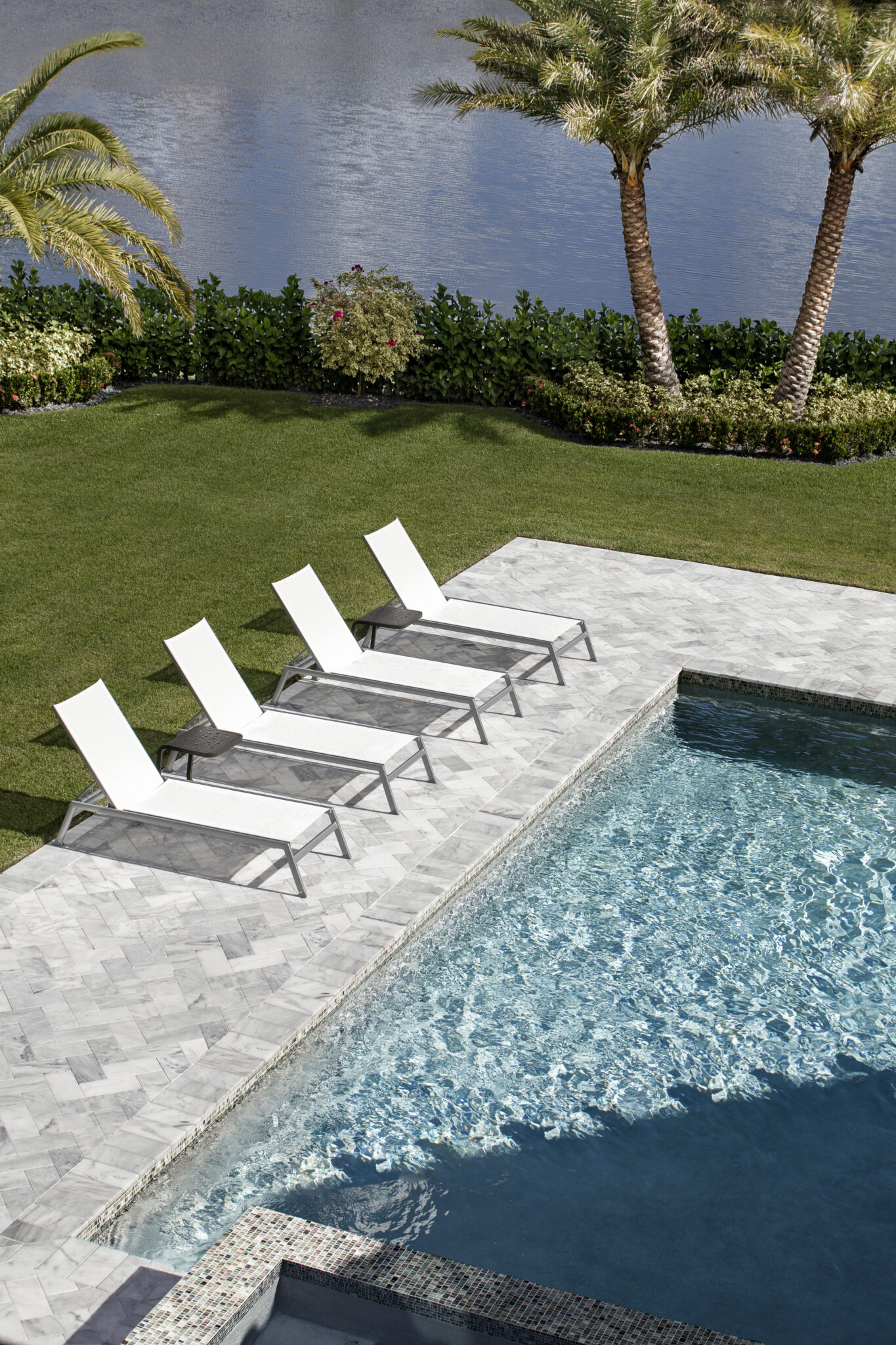
Improving Mental Well-Being
The colors, lighting, and layout of a room can have a profound impact on your mood and mental health. Bright, airy spaces with natural light can boost your mood and energy levels, while darker, cozier rooms can promote relaxation and calm. Incorporating elements of nature, like plants or natural materials, can also reduce stress and enhance feelings of well-being. A well-designed space can help you feel more relaxed, focused, and positive.
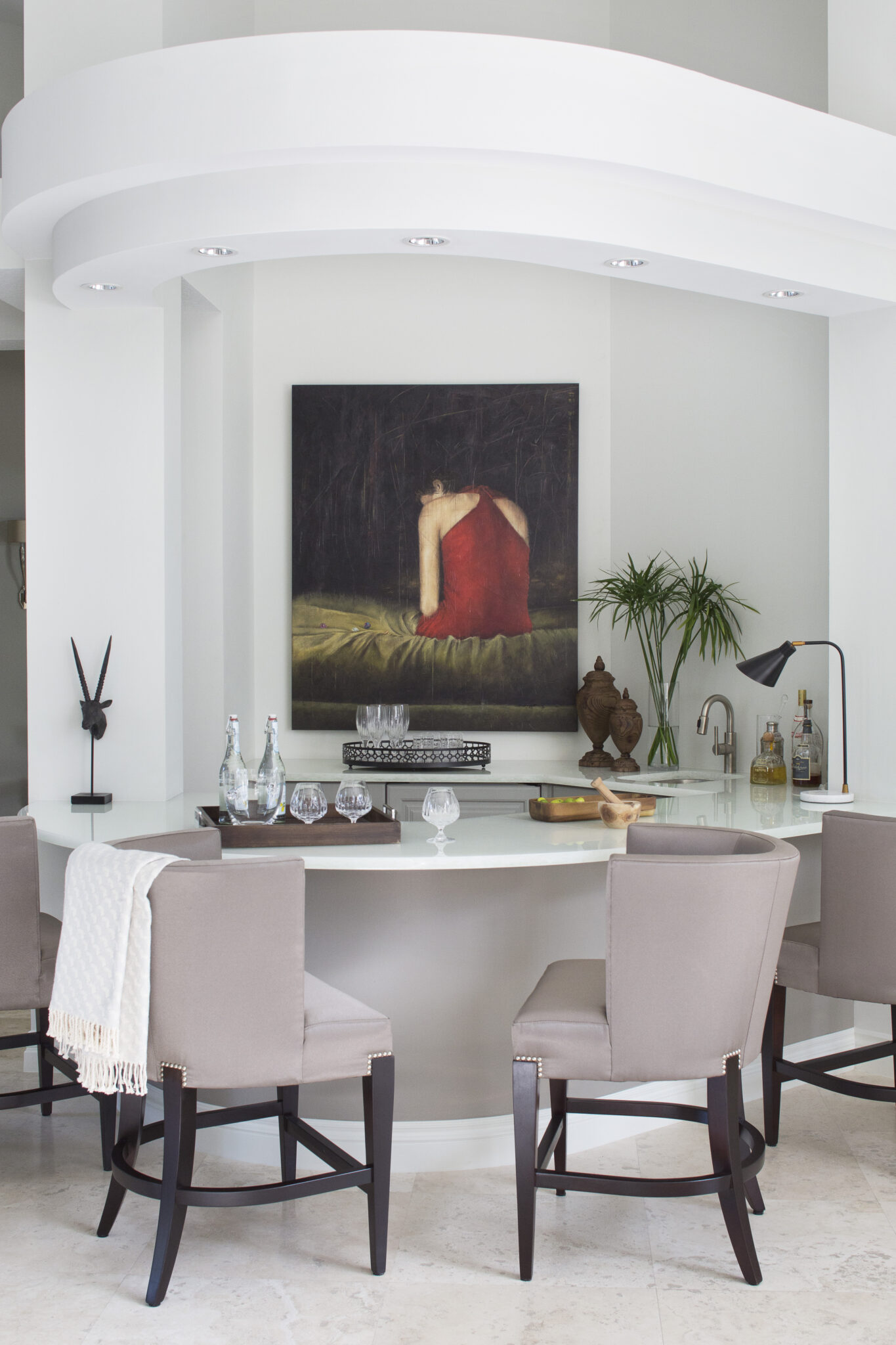
Encouraging Social Interaction
Your home is a place to connect with others, and great interior design can create spaces that encourage social interaction. Whether it’s a welcoming living room, a cozy dining area, or an inviting outdoor space, well-designed areas make it easier to entertain guests and enjoy quality time with family and friends. Creating a warm, inviting atmosphere can enhance your social life and strengthen your relationships.
Promoting Better Physical Health
Interior design can also have a direct impact on your physical health. Ergonomic furniture can prevent strain and injury, while good lighting can reduce eye strain and improve sleep patterns. Additionally, a well-ventilated, clean, and organized space can improve air quality and reduce allergens, contributing to better overall health.
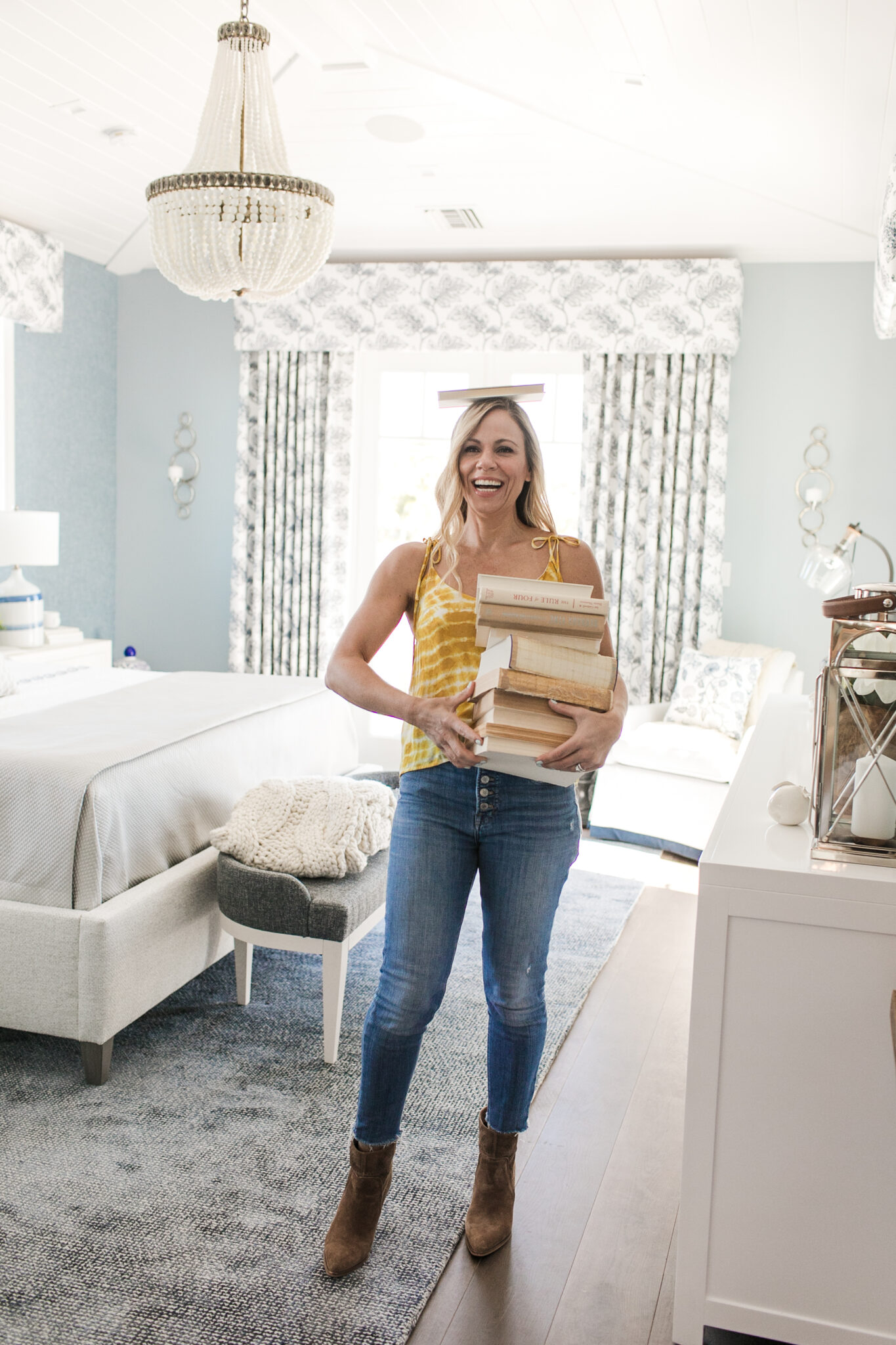
Supporting a Balanced Lifestyle
The design of your home can support your lifestyle choices and help you maintain balance. For instance, a dedicated home office can increase productivity while allowing you to separate work from relaxation. A well-designed kitchen can inspire healthier eating habits, and a peaceful bedroom can promote better sleep. By aligning your home’s design with your lifestyle goals, you create an environment that supports and enhances your daily routines.
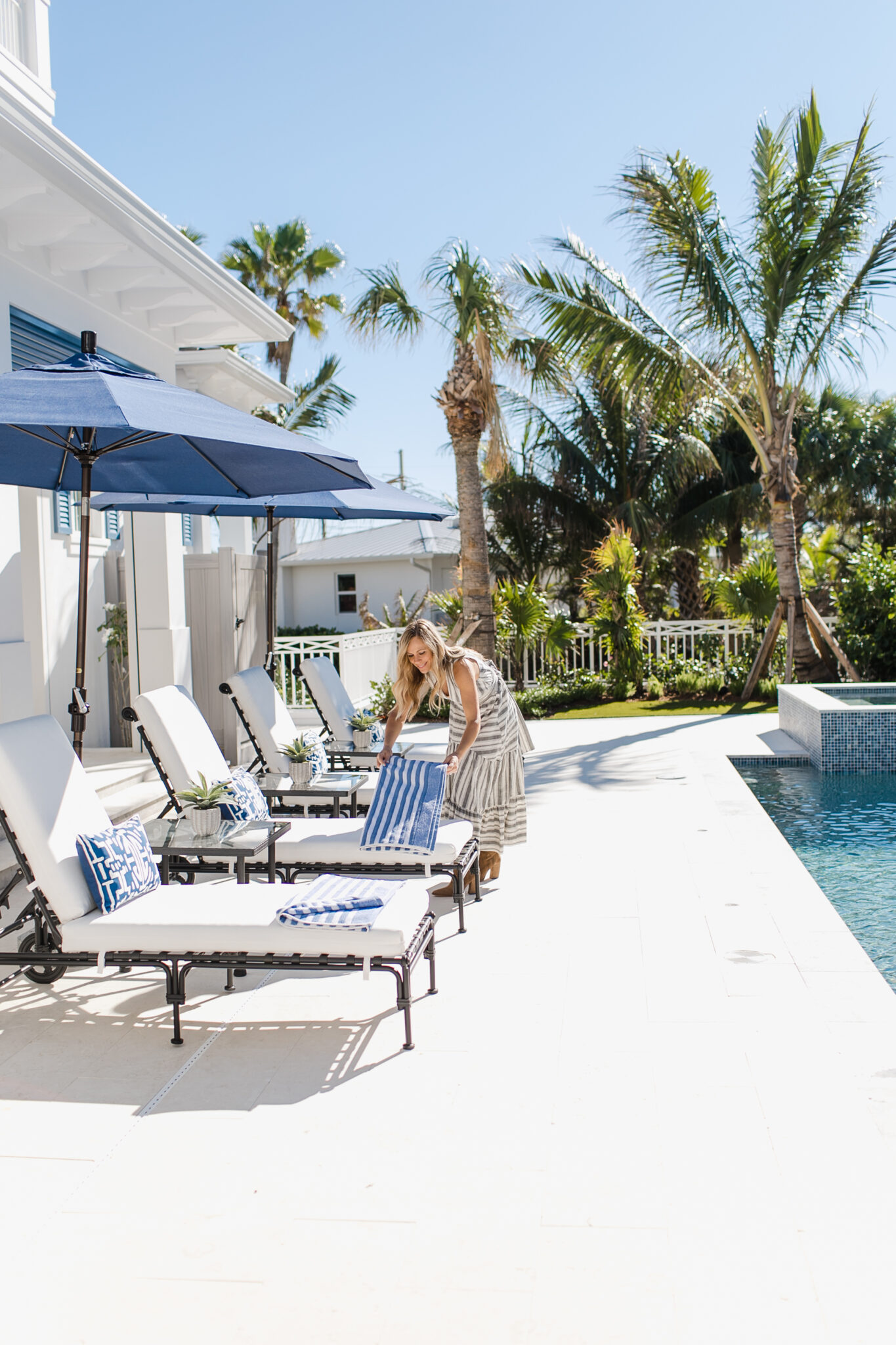
Increasing Your Home’s Value
While the primary goal of interior design is to improve your quality of life, it also has the added benefit of increasing your home’s value. A beautifully designed, functional space is more attractive to potential buyers and can significantly raise the market value of your property. This can provide long-term financial benefits and peace of mind.
Final Thoughts
Great interior design is more than just aesthetics—creating a space that improves every aspect of your life. By reflecting your personality, enhancing functionality, boosting mental and physical well-being, and fostering social connections, thoughtful design can have a profound impact on your overall quality of life. Investing in good design is an investment in your happiness, health, and future. So, take the time to create a home that truly supports and enriches your life.
Minimalism: Why We Love it!

Interior Design by Krista + Home. Photography by Eve Greendale.
We LOVE Minimalism! Minimalism in interior design is more than just a trend—it’s a lifestyle choice that reflects a desire for simplicity, clarity, and purpose. Over the past decade, this design philosophy has gained significant traction, reshaping how we think about our living spaces and influencing design practices around the world.
Why Minimalism Appeals Today
- Overwhelm of Modern Life: In today’s fast-paced world, many people feel overwhelmed by the constant influx of information, responsibilities, and material possessions. Minimalism offers a counterbalance to this chaos by encouraging a focus on what truly matters—people, experiences, and personal values.
- Sustainability: As awareness of environmental issues grows, more individuals seek sustainable living options. Minimalism aligns with this desire by promoting the use of fewer resources and choosing quality over quantity – and reduces waste! Sustainable materials and timeless designs are key components of minimalist interiors.
- Mental Clarity: There is a growing recognition of the connection between our physical environments and our mental well-being. Cluttered spaces can contribute to stress and anxiety, while a minimalist environment can create a sense of calm and order, allowing the mind to focus.
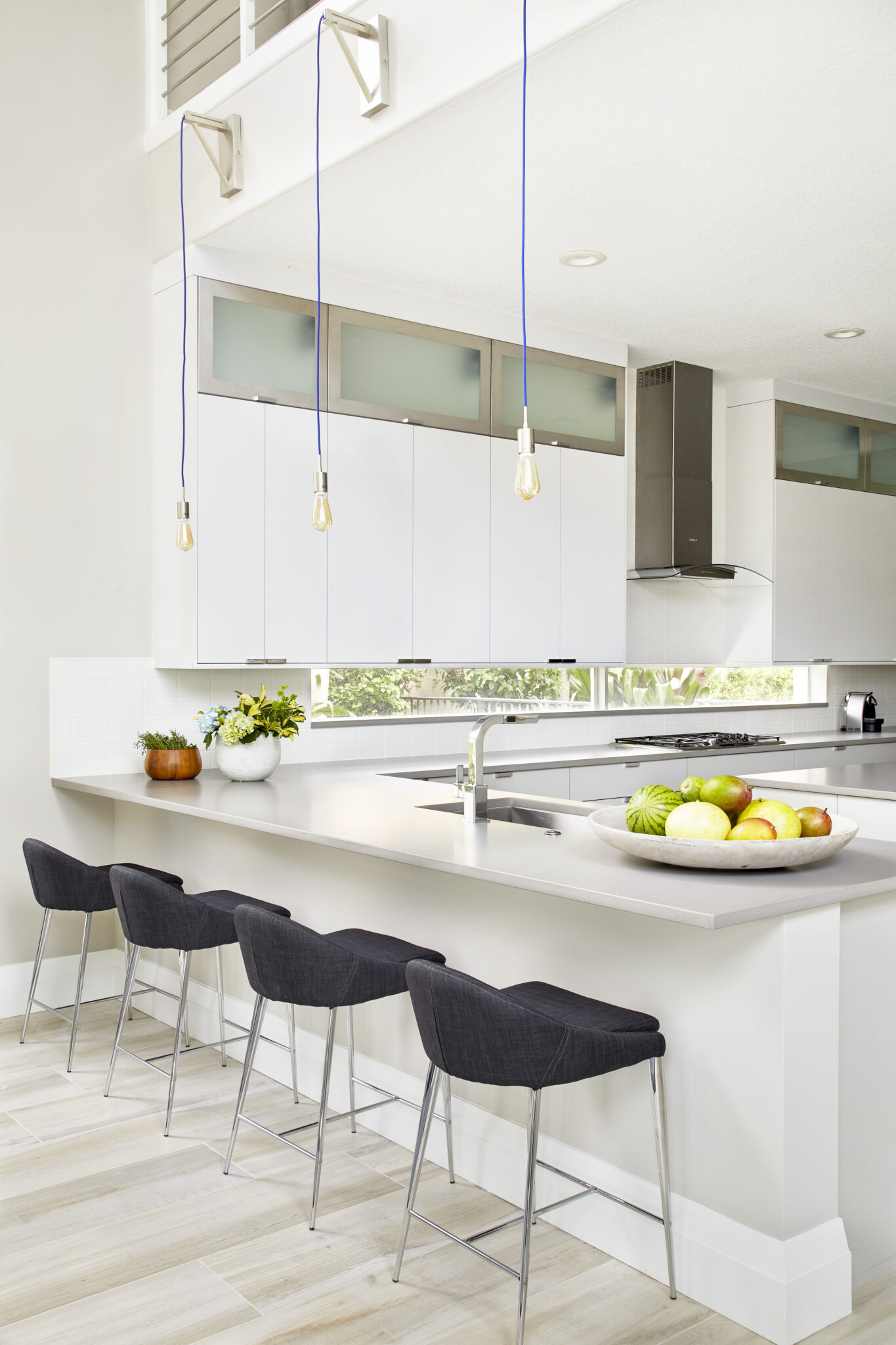
Interior Design by Krista + Home. Photography by Jessica Glynn.
The Keys to Minimalism:
- Neutral Color Palettes: Minimalist interiors often feature a neutral color scheme, with whites, grays, beiges, and earth tones. These colors create a serene backdrop that allows the mind to rest and the space to feel more expansive.
- Clean Lines and Simple Forms: Furniture and architectural elements in minimalist design are characterized by clean, straight lines and simple, unadorned forms. This approach strips away unnecessary ornamentation, leaving only the essentials!
- Open Spaces: Minimalism thrives on the idea of open, uncluttered spaces. This improves the flow of natural light and enhances the feeling of freedom and spaciousness within a room.
- Functional Furniture: Every piece of furniture in a minimalist home serves a purpose. Multifunctional furniture, such as a sofa bed or a storage ottoman, is often used to maximize space and reduce clutter.
- Quality Over Quantity: In a minimalist interior, few items are displayed, but each one is chosen with care and thought! High-quality, durable materials are preferred, reflecting the minimalist principle of investing in items that will stand the test of time.
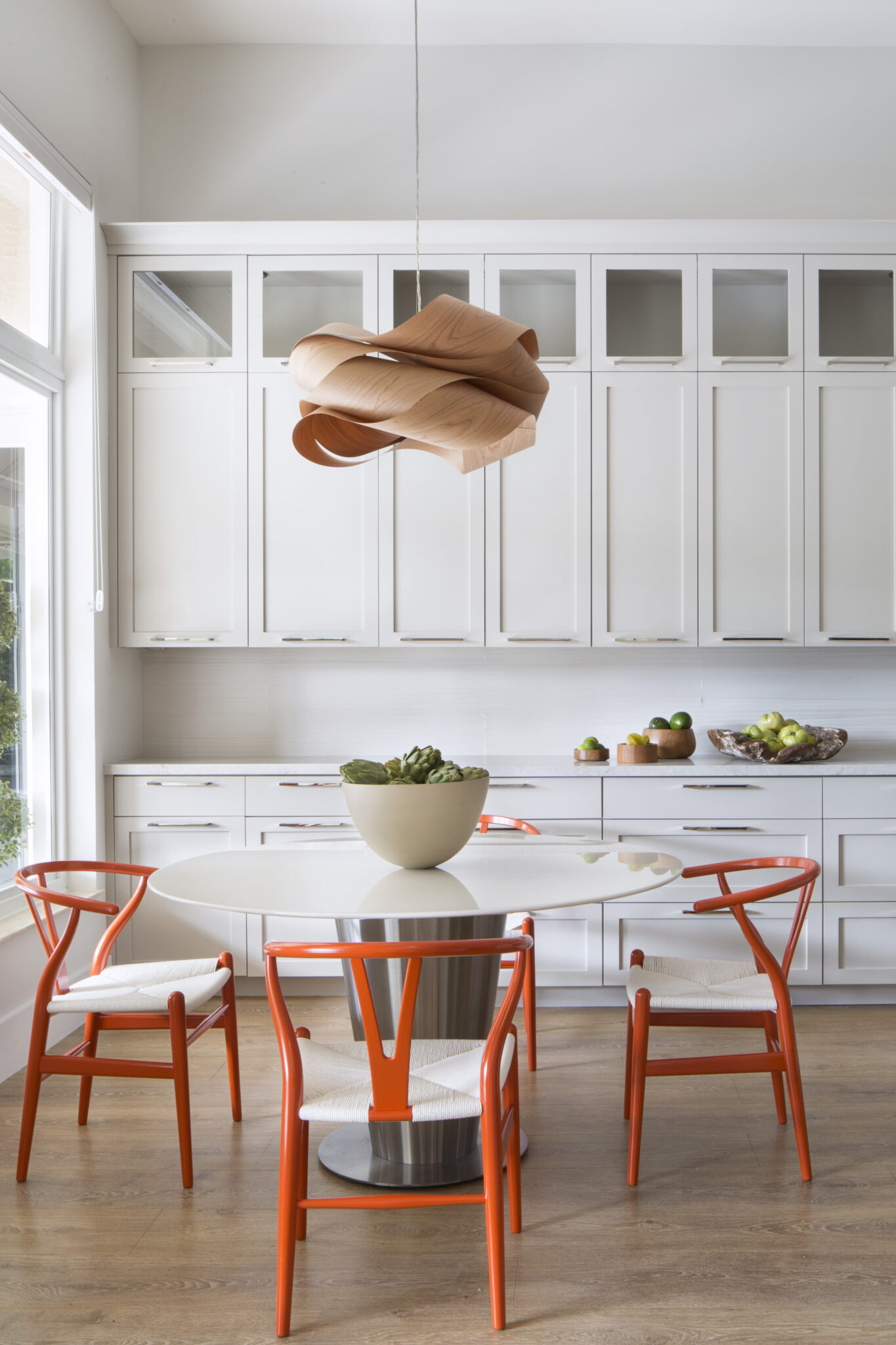
Interior Design by Krista + Home. Photography by Jessica Glynn.
Minimalism in Different Spaces
- Living Rooms: A minimalist living room may feature a neutral sofa, a single piece of art, and a few carefully chosen accessories. The focus is on creating a comfortable space that encourages relaxation and conversation.
- Kitchens: Minimalist kitchens often feature sleek cabinetry, hidden storage, and uncluttered countertops. The use of high-quality materials like marble, granite, and stainless steel adds a touch of luxury to the simplicity.
- Bedrooms: In the bedroom, minimalism promotes restfulness. A low platform bed, simple bedding, and minimal decor create a calming environment conducive to sleep.
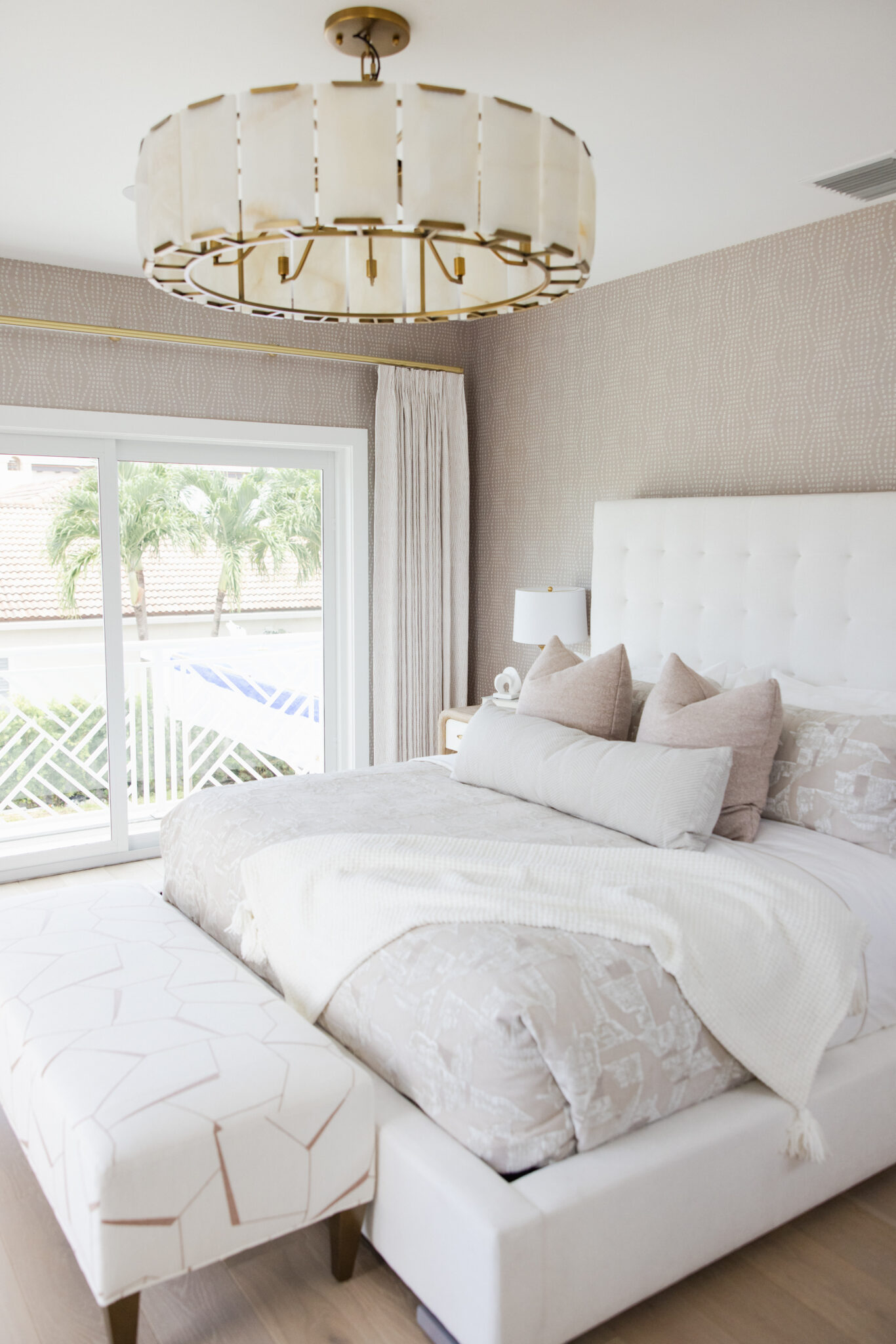
Interior Design by Krista+Home. Photography by Eve Greendale.
The Future of Minimalism
We believe minimalism is likely to continue evolving. While the core principles of simplicity, functionality, and sustainability will remain, we may see new interpretations of minimalism that incorporate more color, texture, and cultural influences.
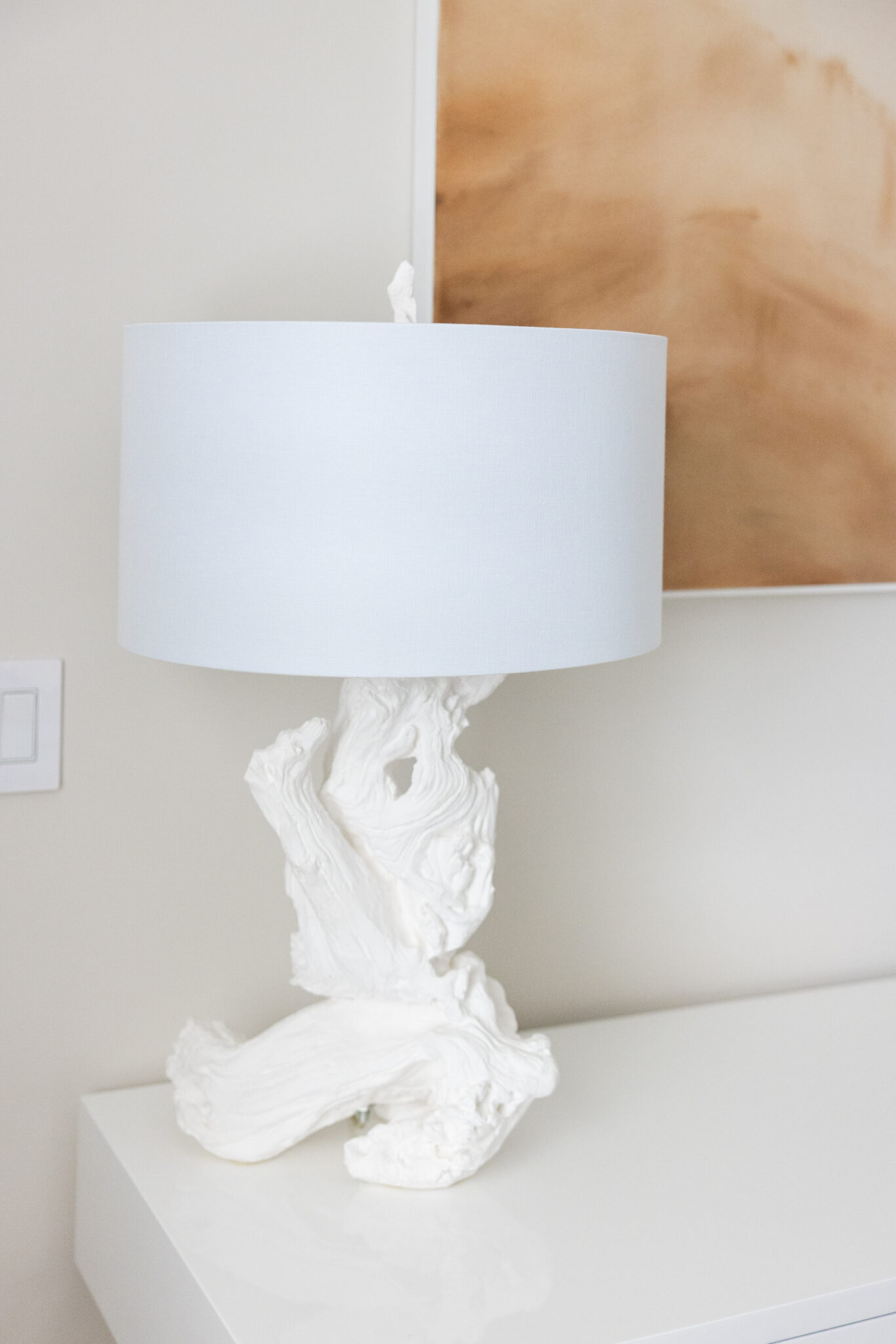
Interior Design by Krista+Home. Photography by Eve Greendale.
The rise of minimalism in interior design reflects a broader cultural shift towards simplicity, sustainability, and mental well-being. As more people embrace this design philosophy, our living spaces will continue to evolve, becoming not just places to live, but sanctuaries that support a more mindful and intentional way of life.
Artful Living: Integrating Fine Art Into Your Home
Tambour Wood Paneling and Why We Love It!

Tambour wood paneling is a type of wall treatment made up of narrow, vertical wooden slats. This style of paneling has been used in interior design for decades and is known for its versatility and aesthetic appeal. We’ve been loving this design element for a while. The way it brings depth and interest to a space and is also great for a wall divider!

Interior Design by Krista + Home. Photography by Eve Greendale.
Aesthetic Appeal
Tambour wood paneling adds texture and warmth to a space, making it more inviting and cozy. The vertical lines create a sense of height and movement, adding visual interest to flat surfaces. The style is available in various wood types, finishes, and sizes; tambour panels can complement a wide range of design styles, from traditional to contemporary.
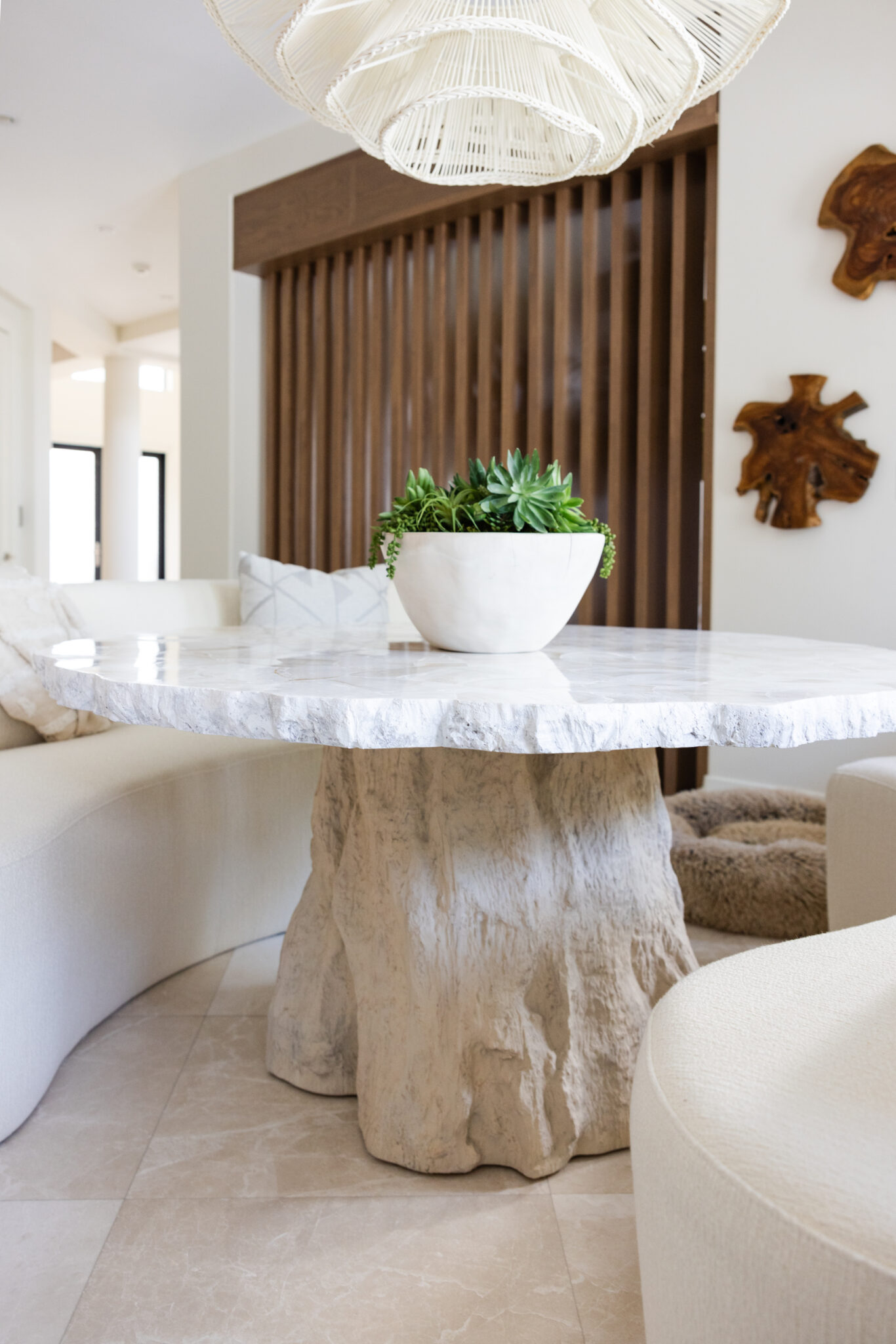
Interior Design by Krista + Home. Photography by Eve Greendale.
How We Like to Use It.
Tambour wood panels are often used to create striking accent walls in living rooms, bedrooms, or entryways. Using them as a wall separator is a great way to define your spaces better. Tambour wood is also used in furniture design, such as cabinet doors, desks, and headboards.

Interior Design by Krista + Home. Photography by Eve Greendale.
How to go about using Tambour.
When using tambour wood paneling, balance it with other design elements to avoid overwhelming the space. Proper lighting can enhance the texture and appearance of the wood, highlighting its natural beauty. Pair tambour wood with contrasting materials like metal, glass, stone, or soft fabrics to create a more dynamic and interesting interior.

Interior Design by Krista + Home. Photography by Eve Greendale.
Incorporating tambour wood paneling into your interior design can add a unique and sophisticated touch, adding aesthetic and functional value – which we all know is super important when making design investments.
Creating a Stylish and Functional Bathroom
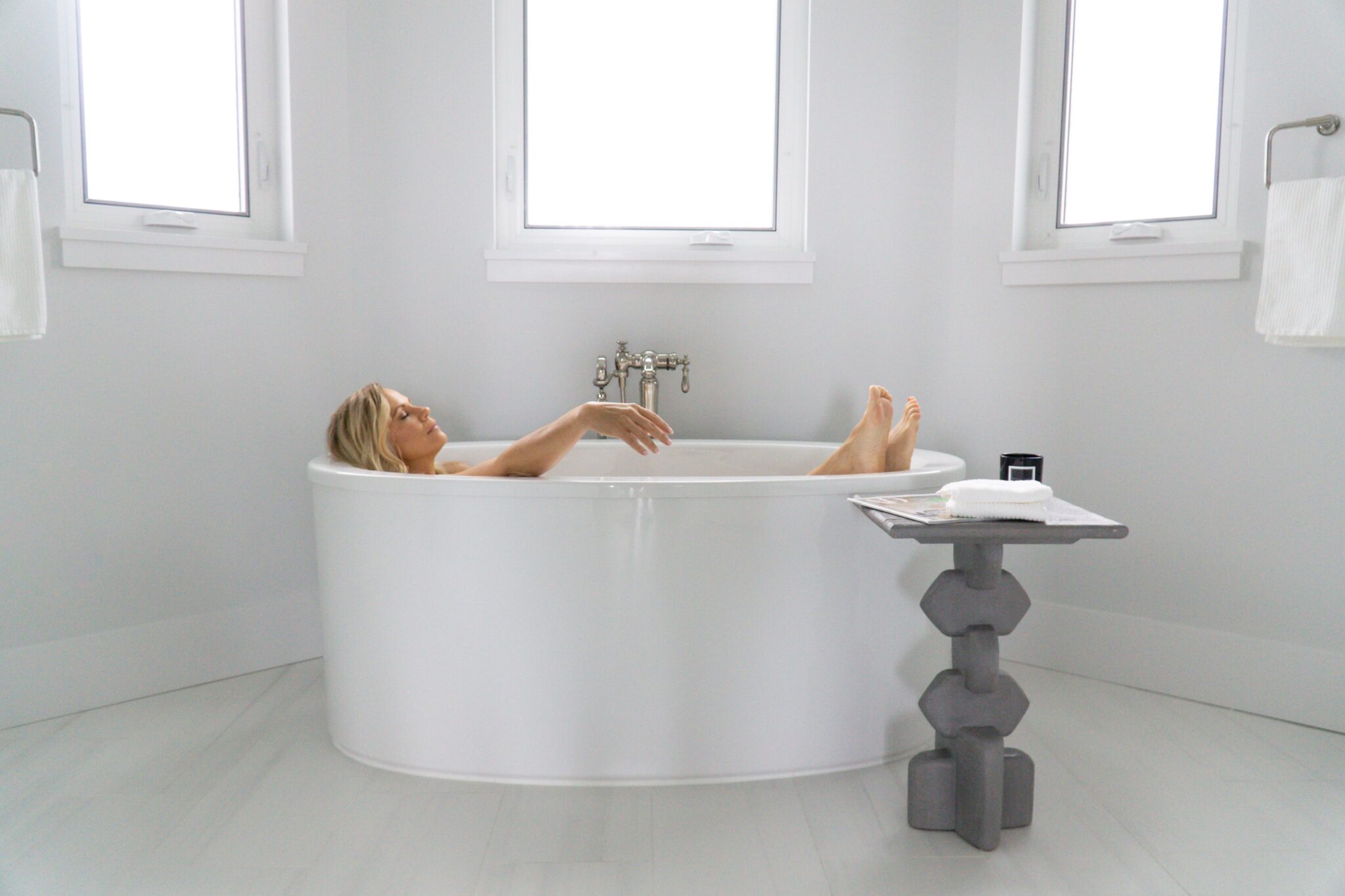
Krista Alterman of Krista + Home
When it comes to home design, the bathroom is often overlooked, yet it’s a space where we spend significant time starting and ending our days. Creating a functional and stylish bathroom can elevate your daily routine and add value to your home. We typically see two different directions clients like to go when designing their bathrooms. The oasis spa-like vibe is always a go-to, but bathrooms (especially half baths) can be fun to try bolder colors and prints!
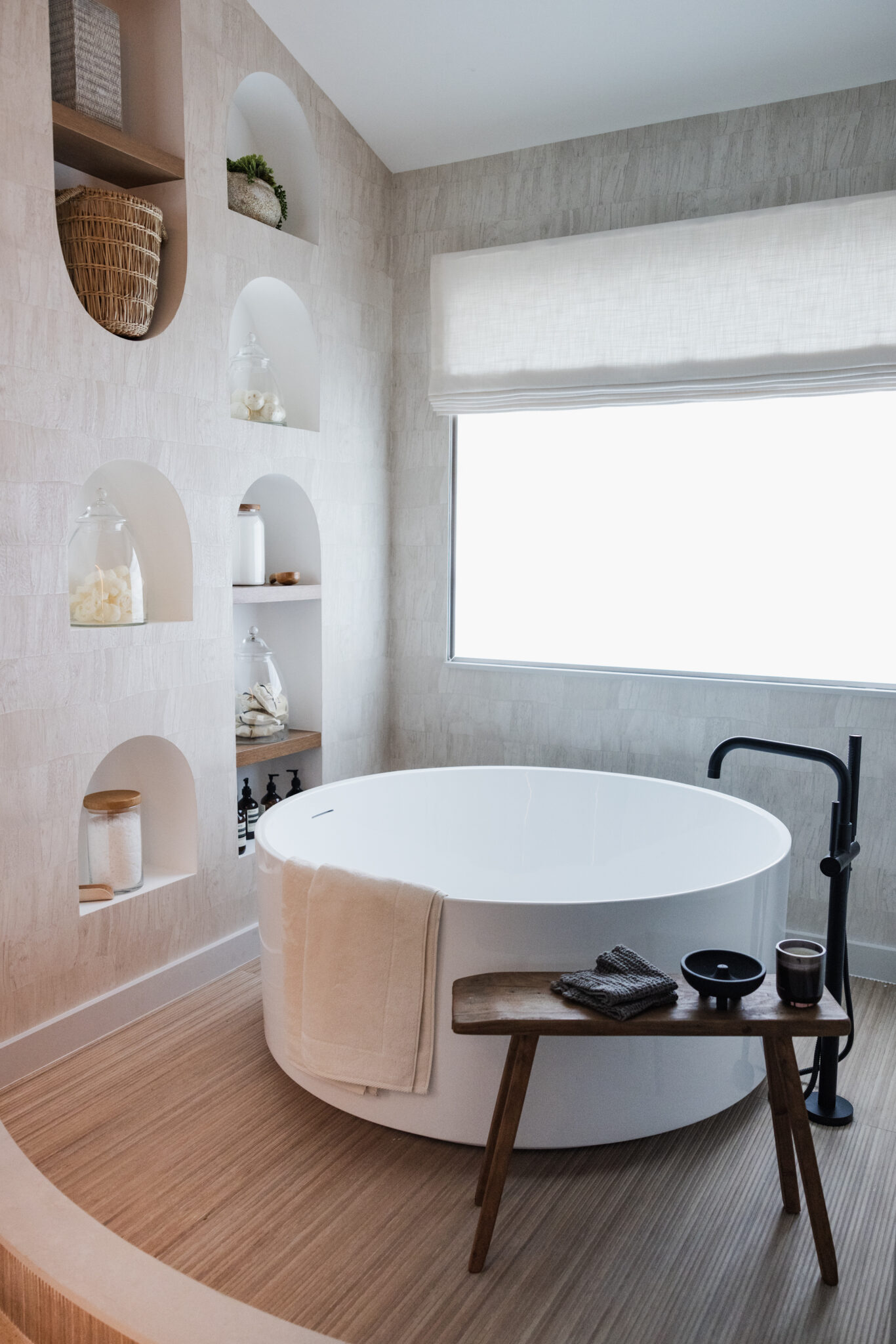
Make sure you keep lots of storage in mind! We all know we have a lot of products, towels, medicines, etc. stored away in our bathrooms. Incorporate innovative ways to store products instead of throwing everything in the cabinet under your sink! We like to use shelving for baskets and jars!
In such a small room, experimenting with bold colors and patterns is a great way to add some fun to your home. Consider deep, rich hues like navy blue, forest green, or even black for a dramatic effect. Patterned tiles, whether on the floor or as a feature wall, can add visual interest and a unique personality to your bathroom.
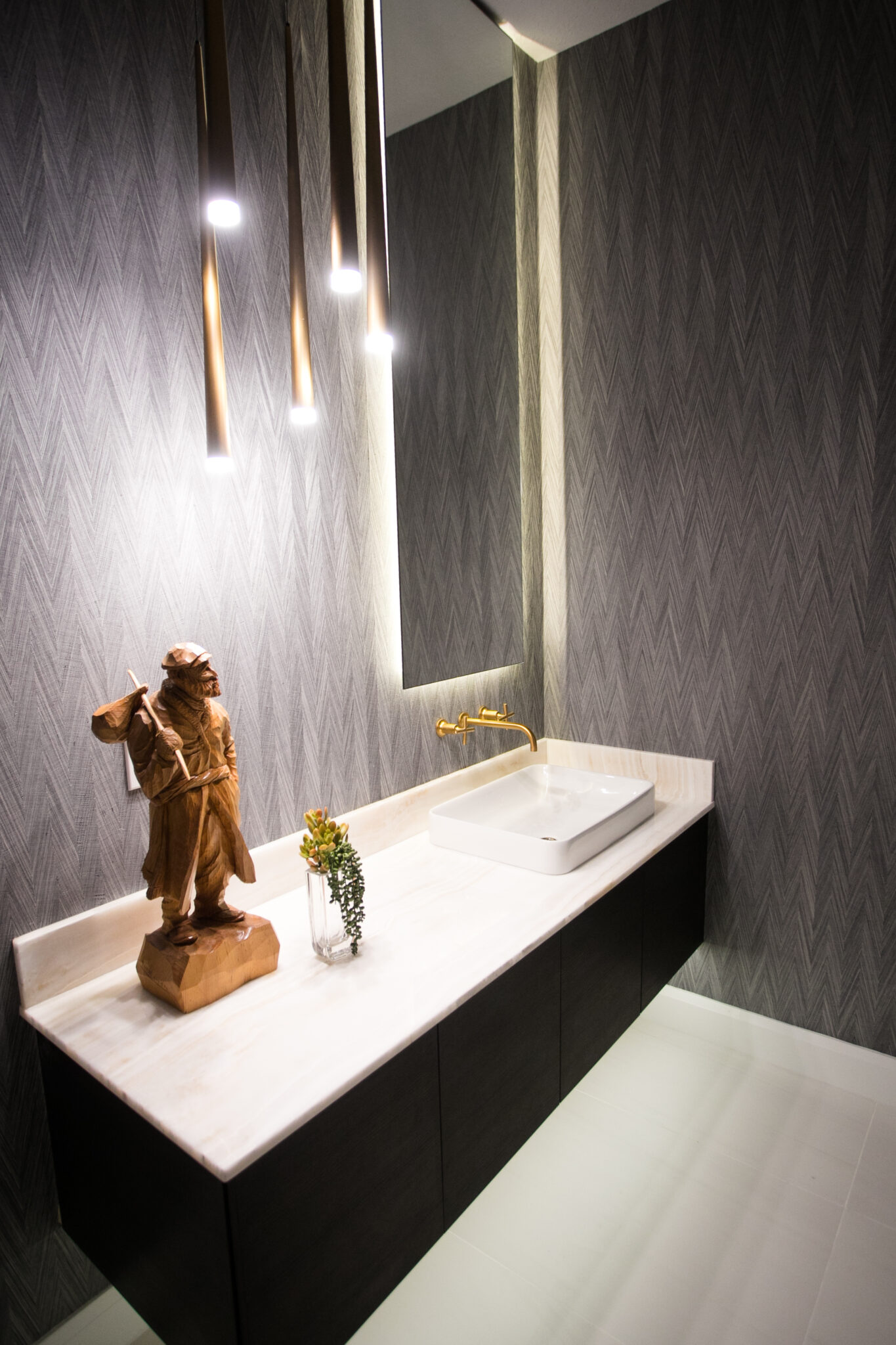
Interior Design by Krista + Home. Photography by Eve Greendale.
We love a dark moody half bath! Small spaces are perfect for a lot of personality! When it comes to lighting, it’s important to make sure your primary bathrooms are filled with light; no one wants to put makeup on in dim lighting! But with smaller baths, have fun with the lighting; make it dim and moody if you please!

Interior Design by Krista + Home. Photography by Eve Greendale.
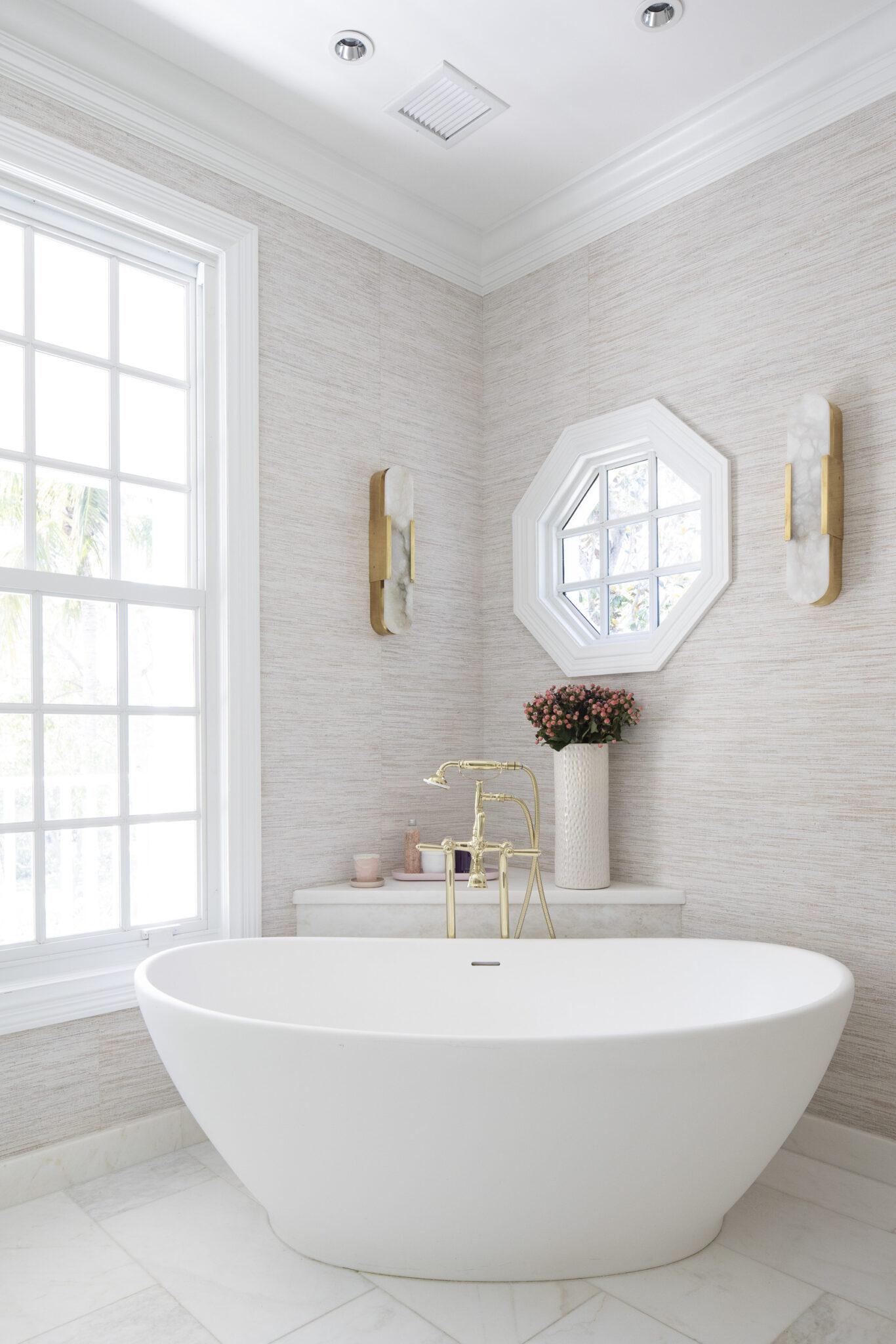
Interior Design by Krista + Home. Photography by Eve Greendale.
If you have the space, adding a free-standing tub is a great way to add elegance to the space. It’s a great focal piece.
Still obsessed with our Kips Bay tub – that gorgeous marble never gets old!

Interior Design by Krista + Home.

